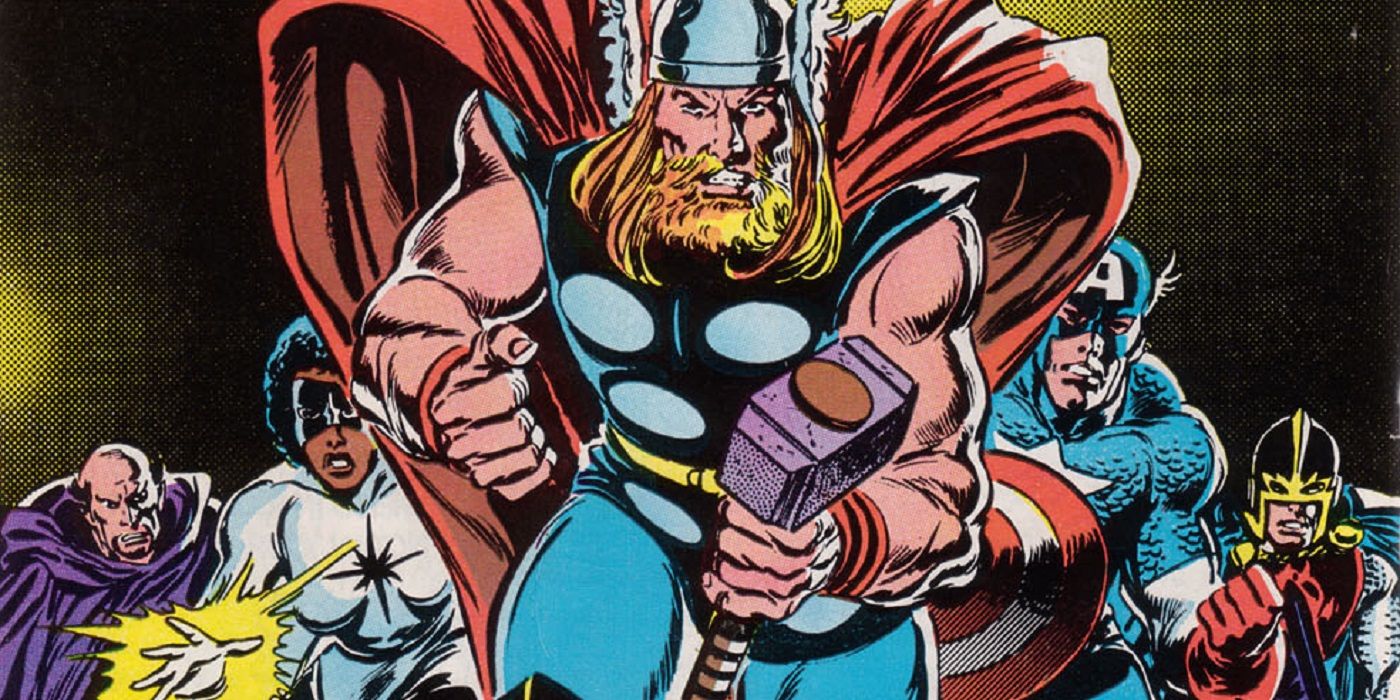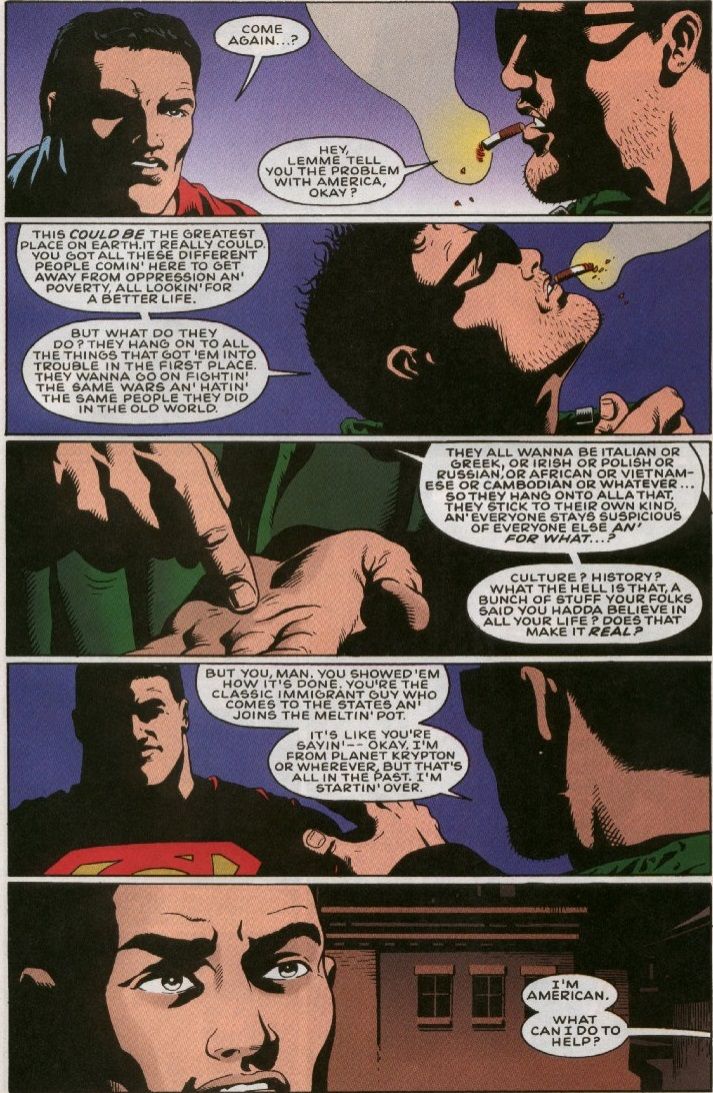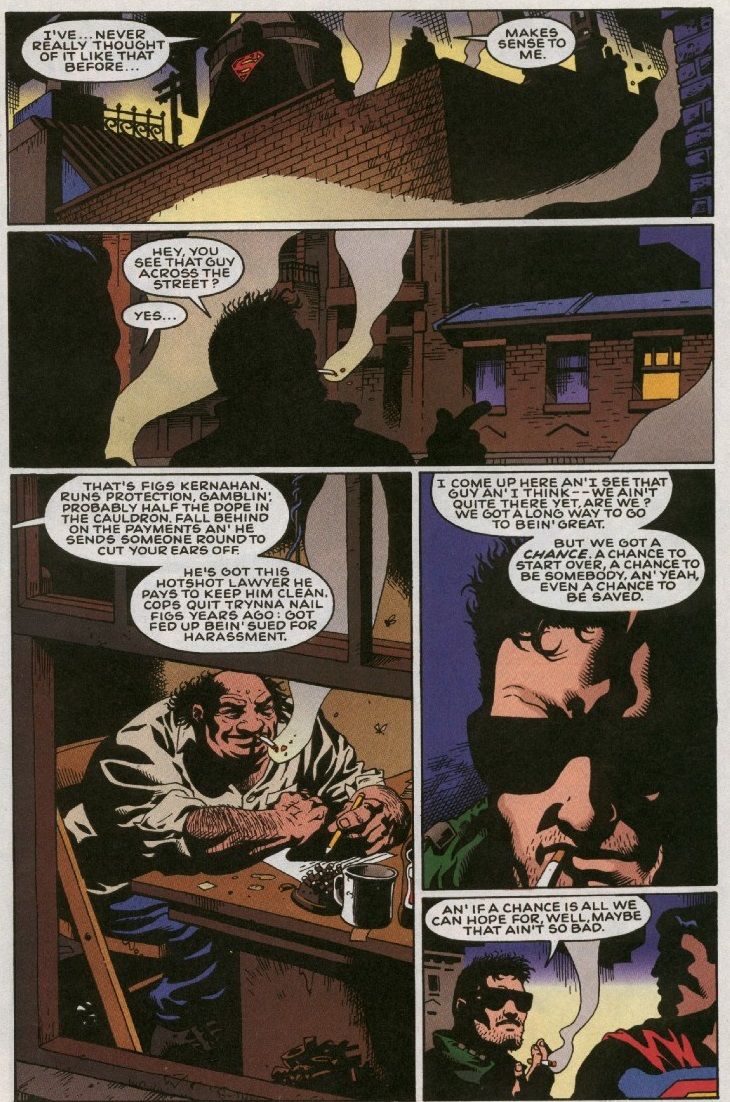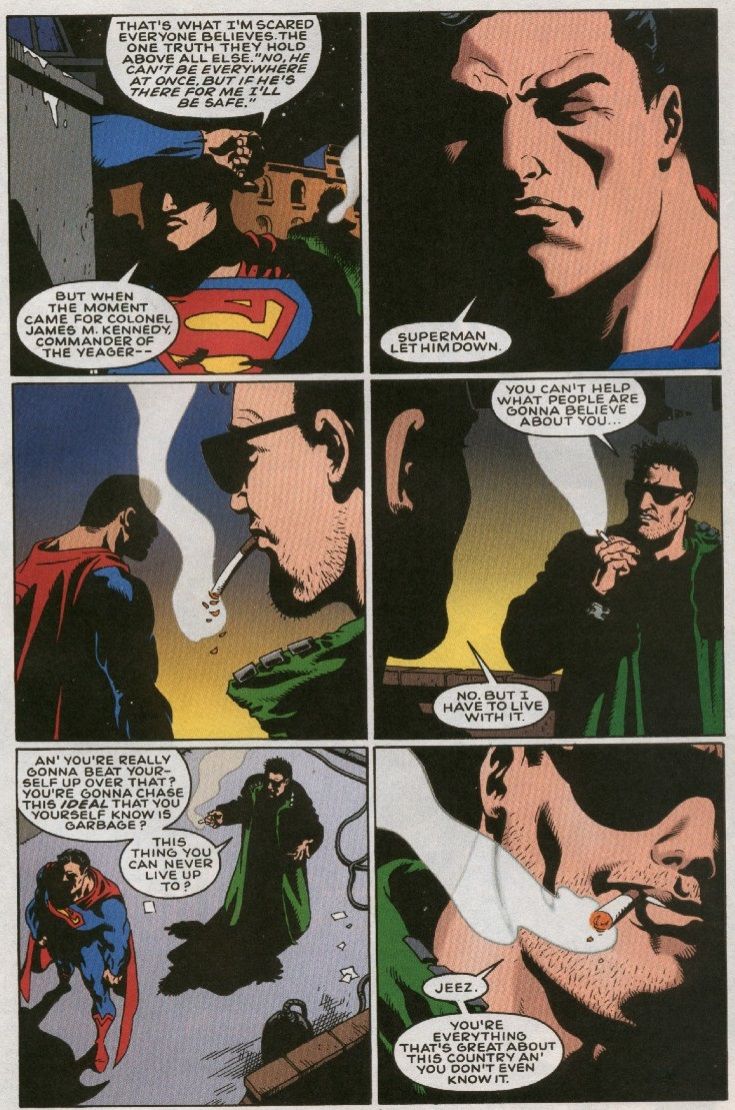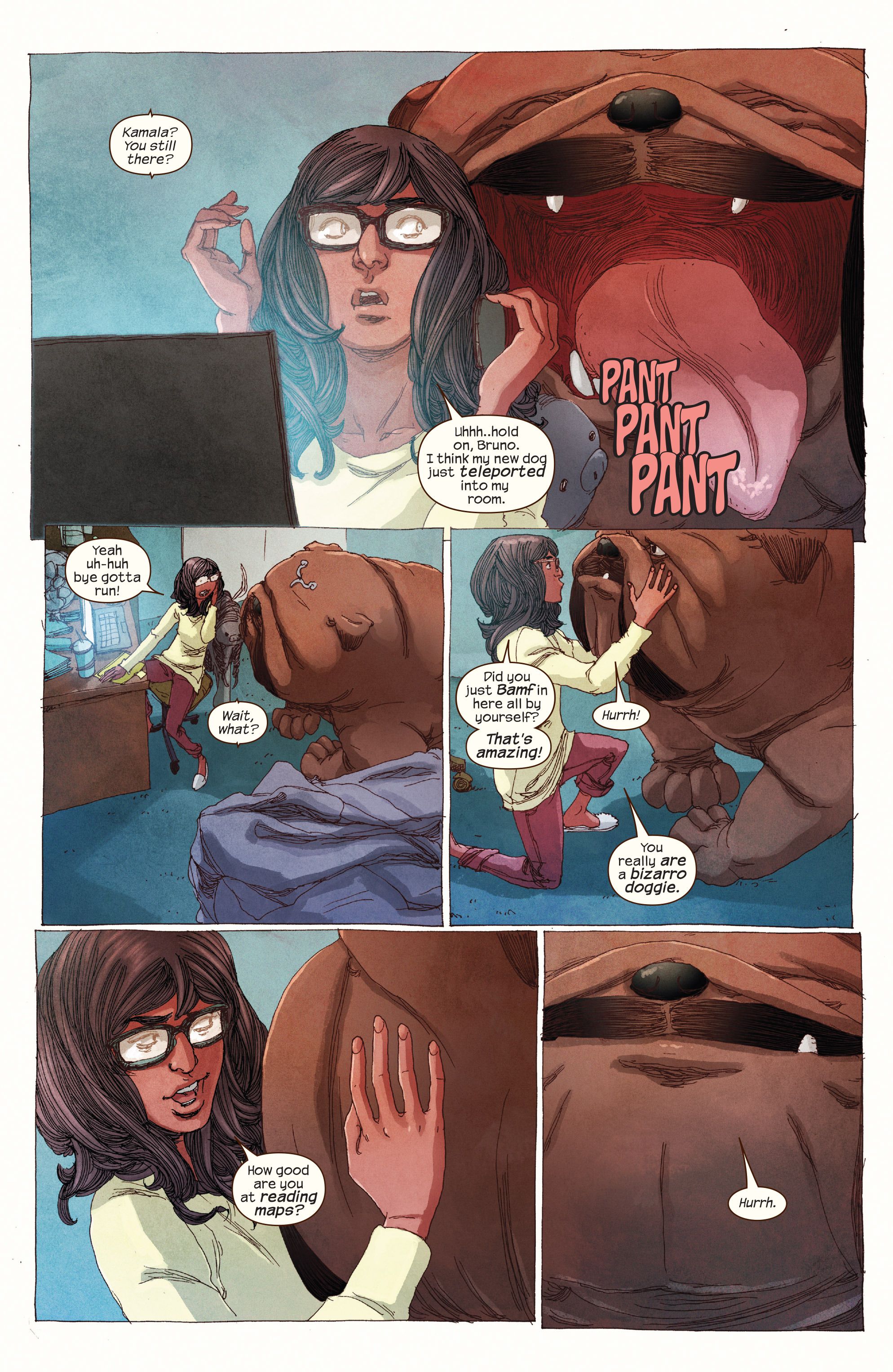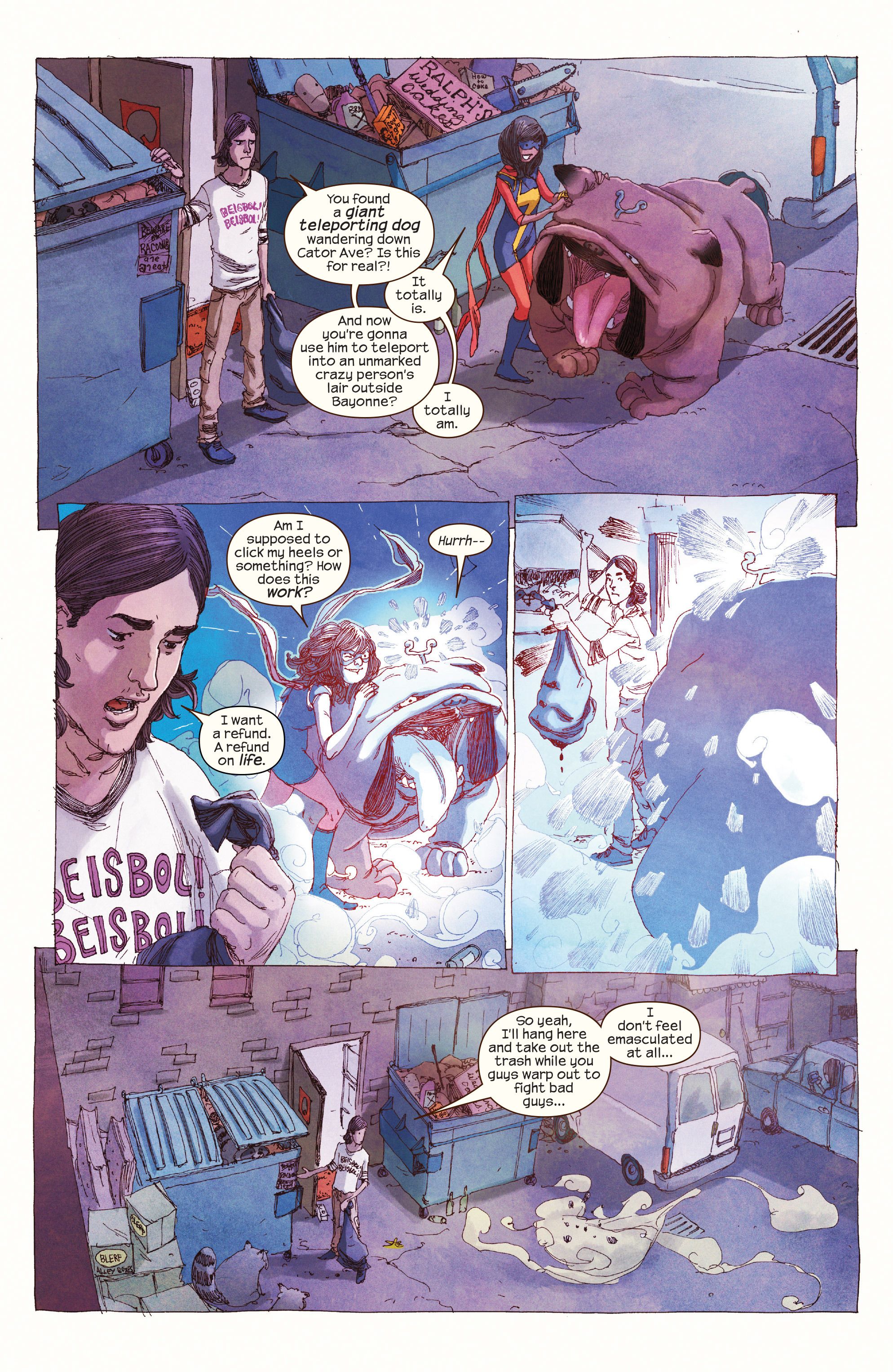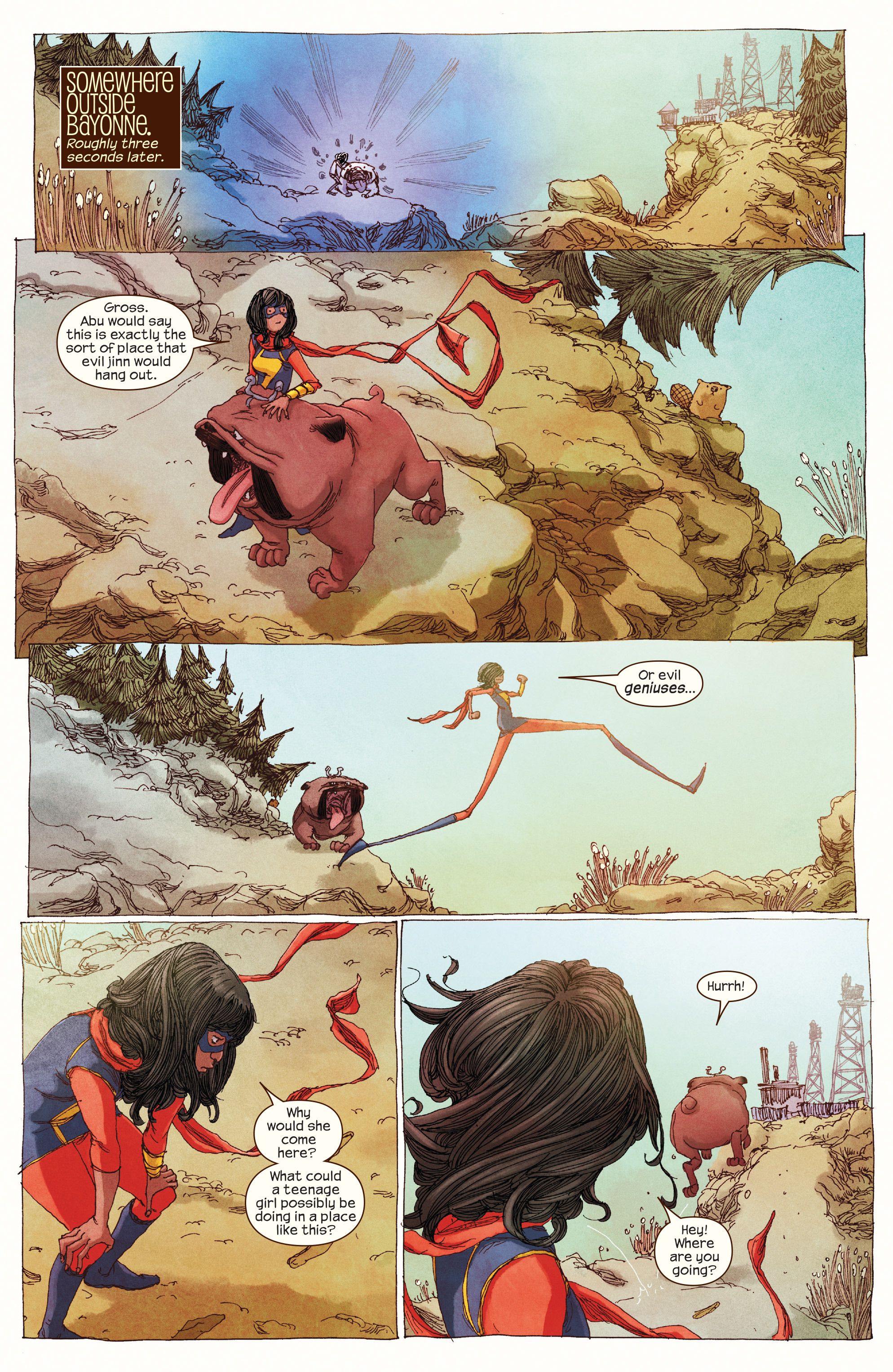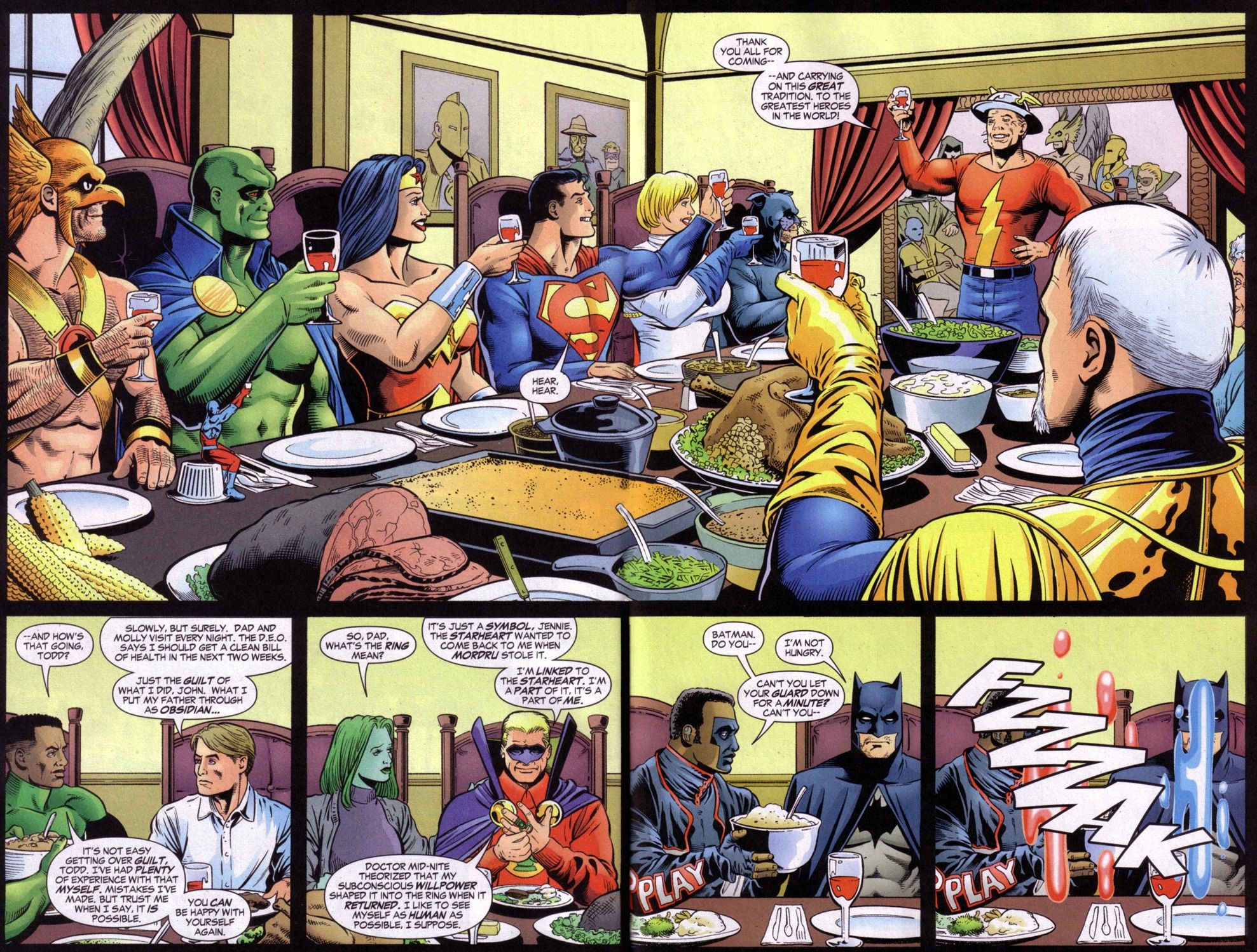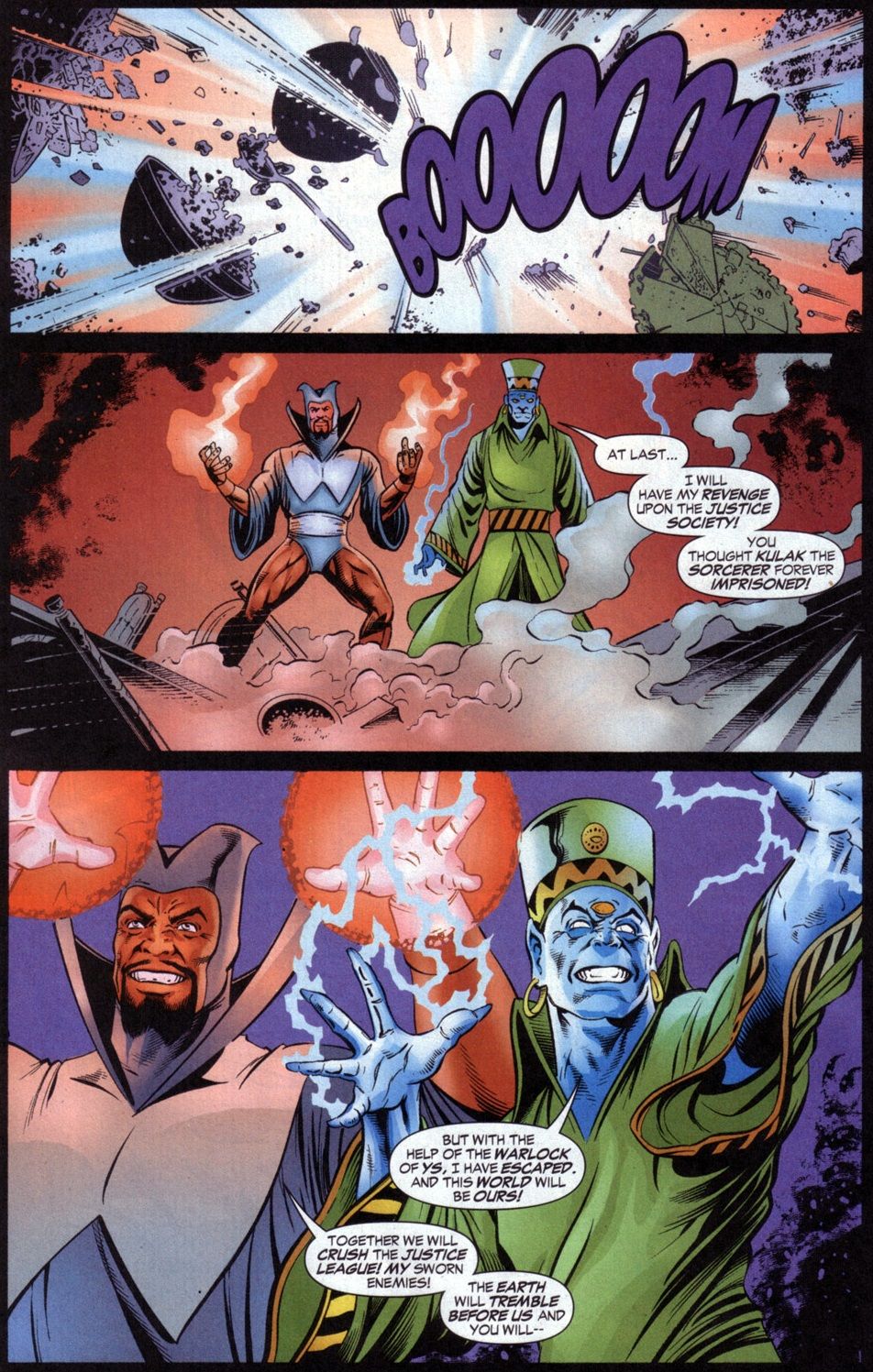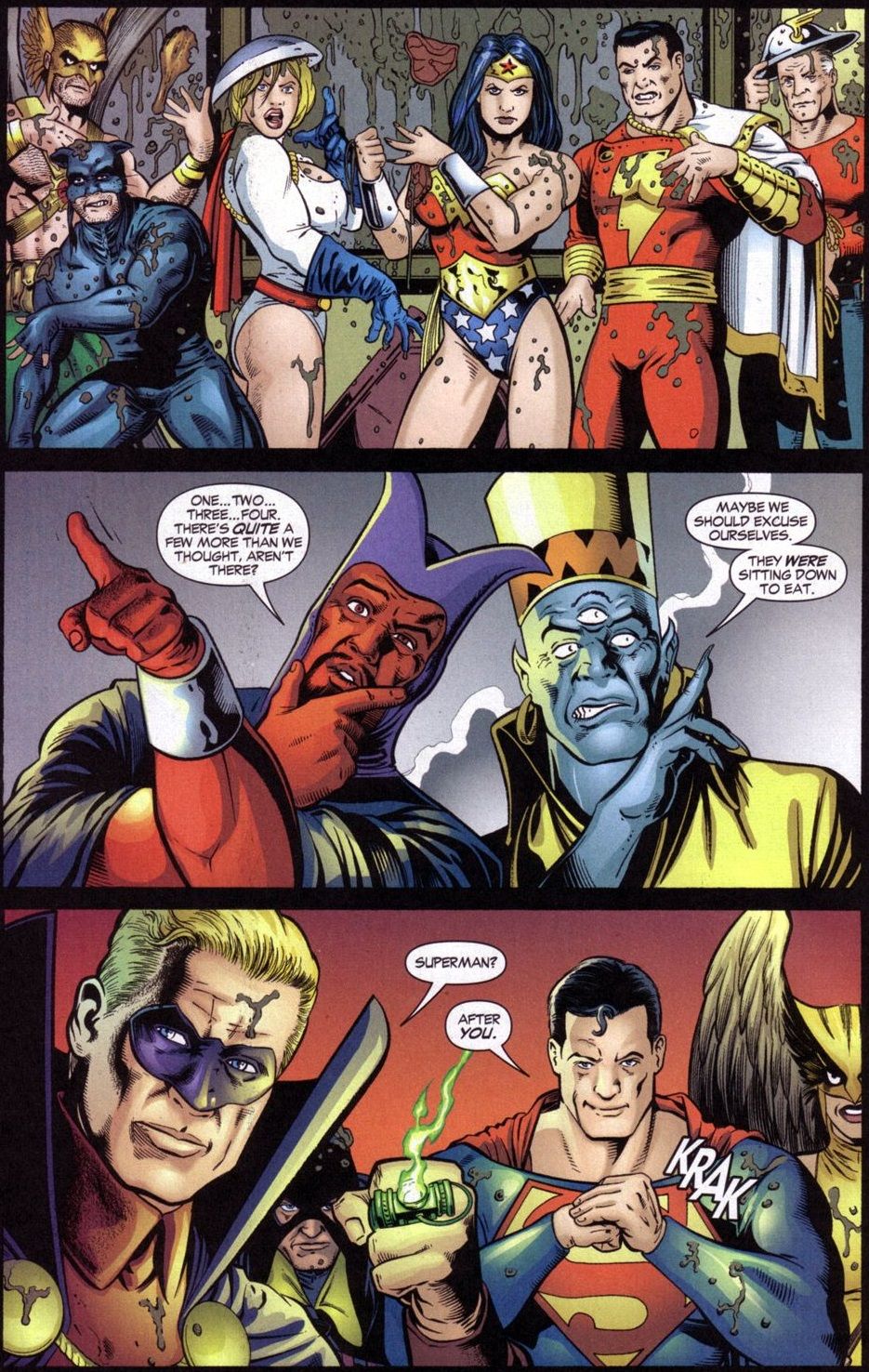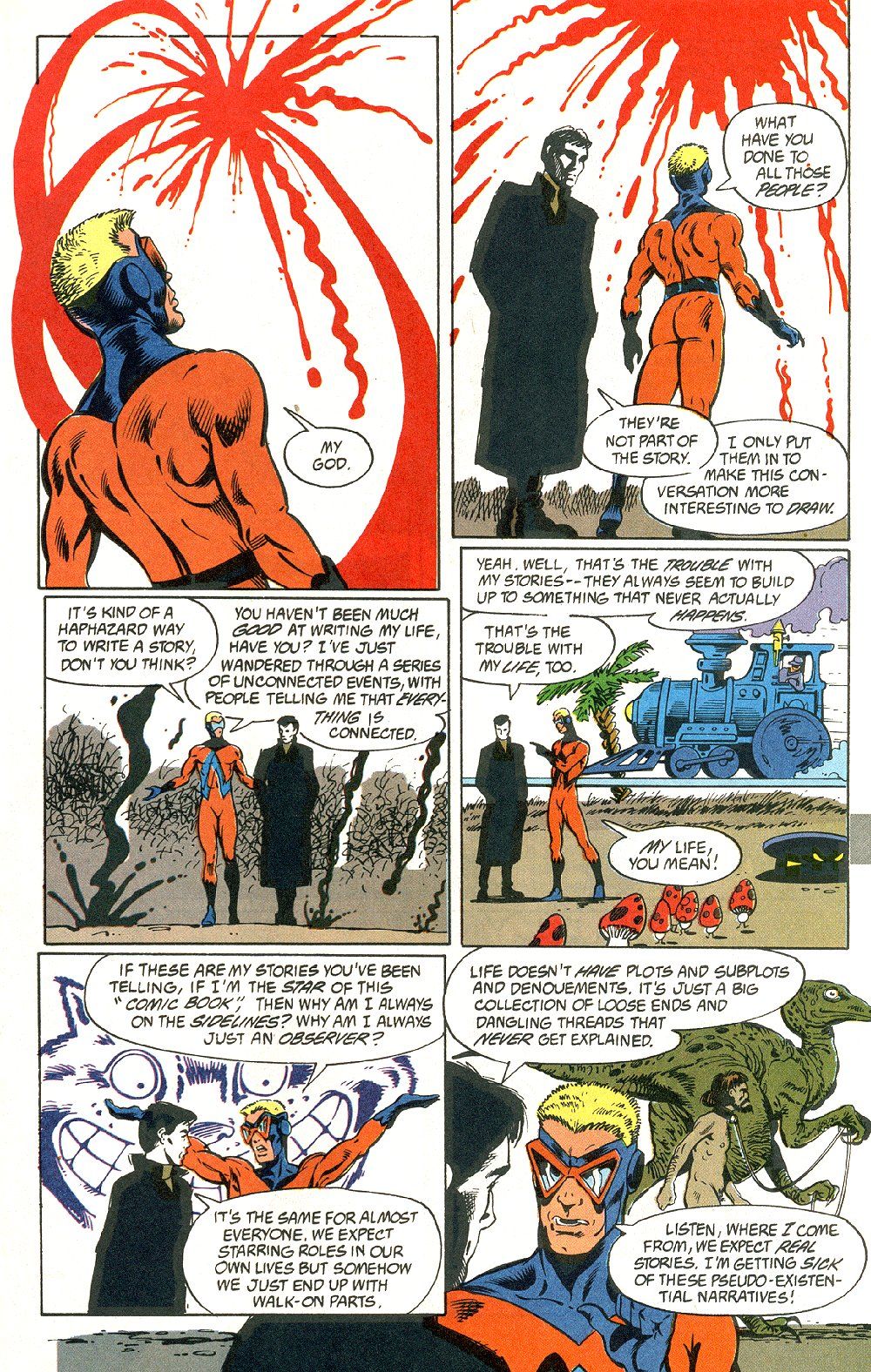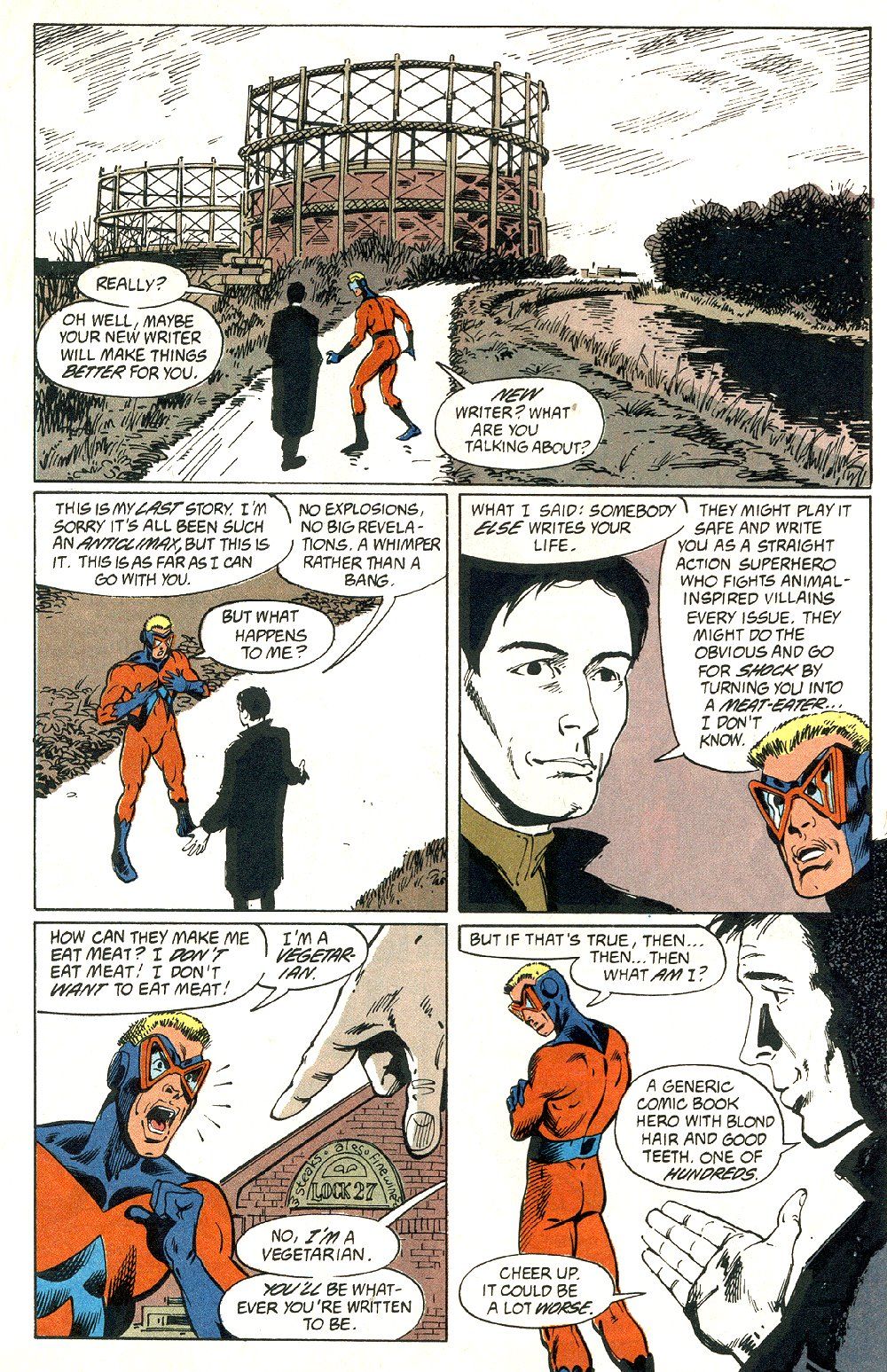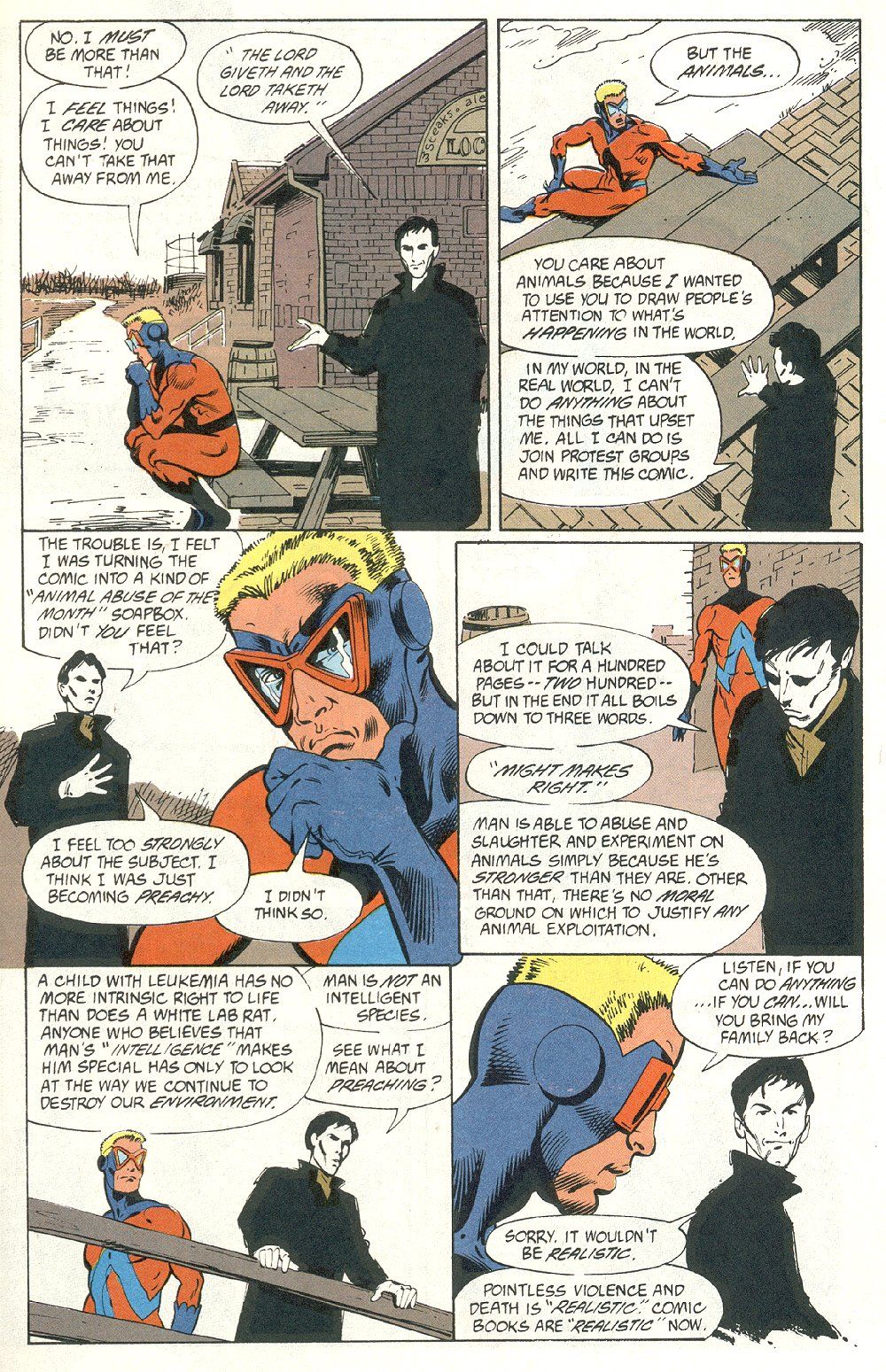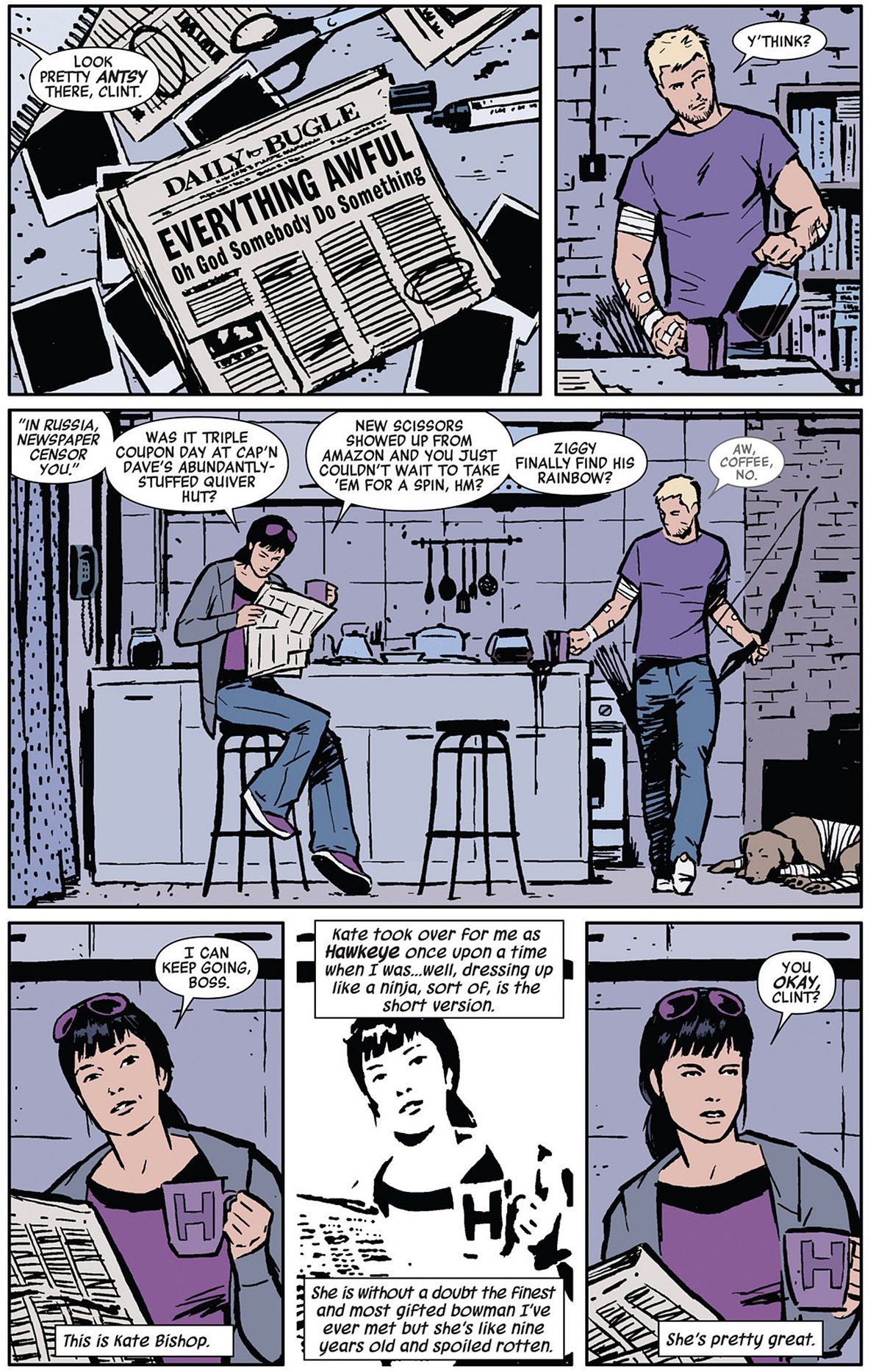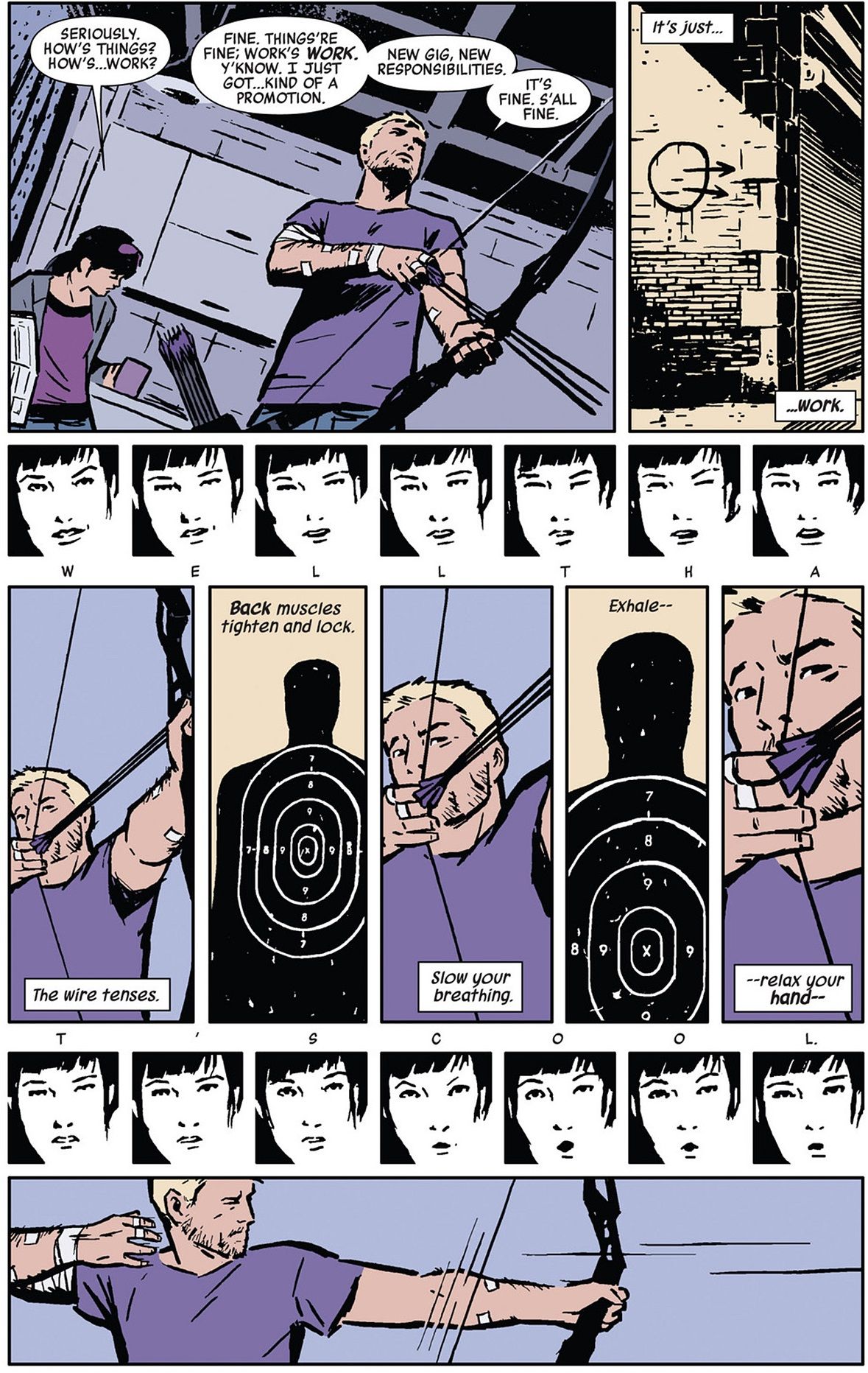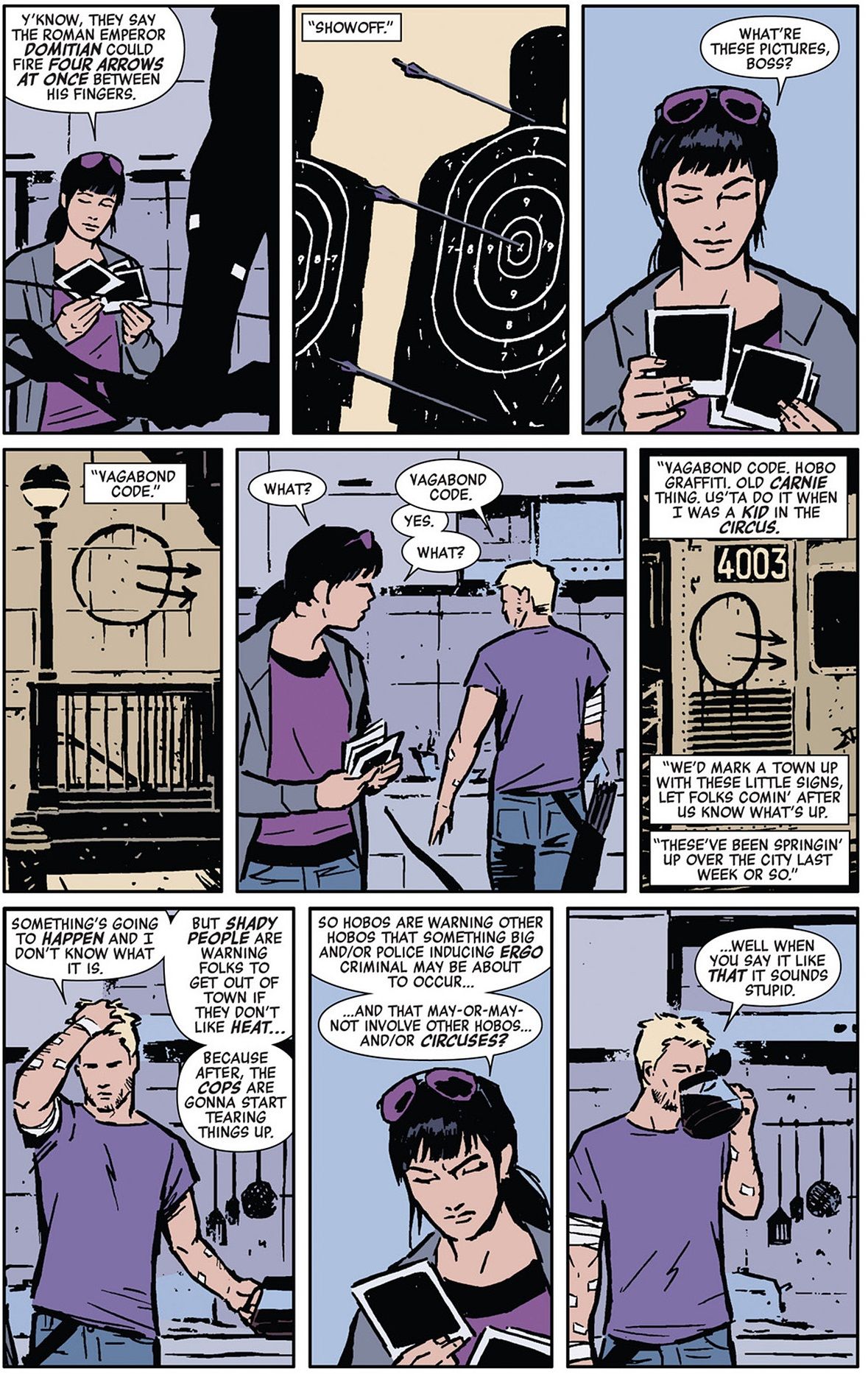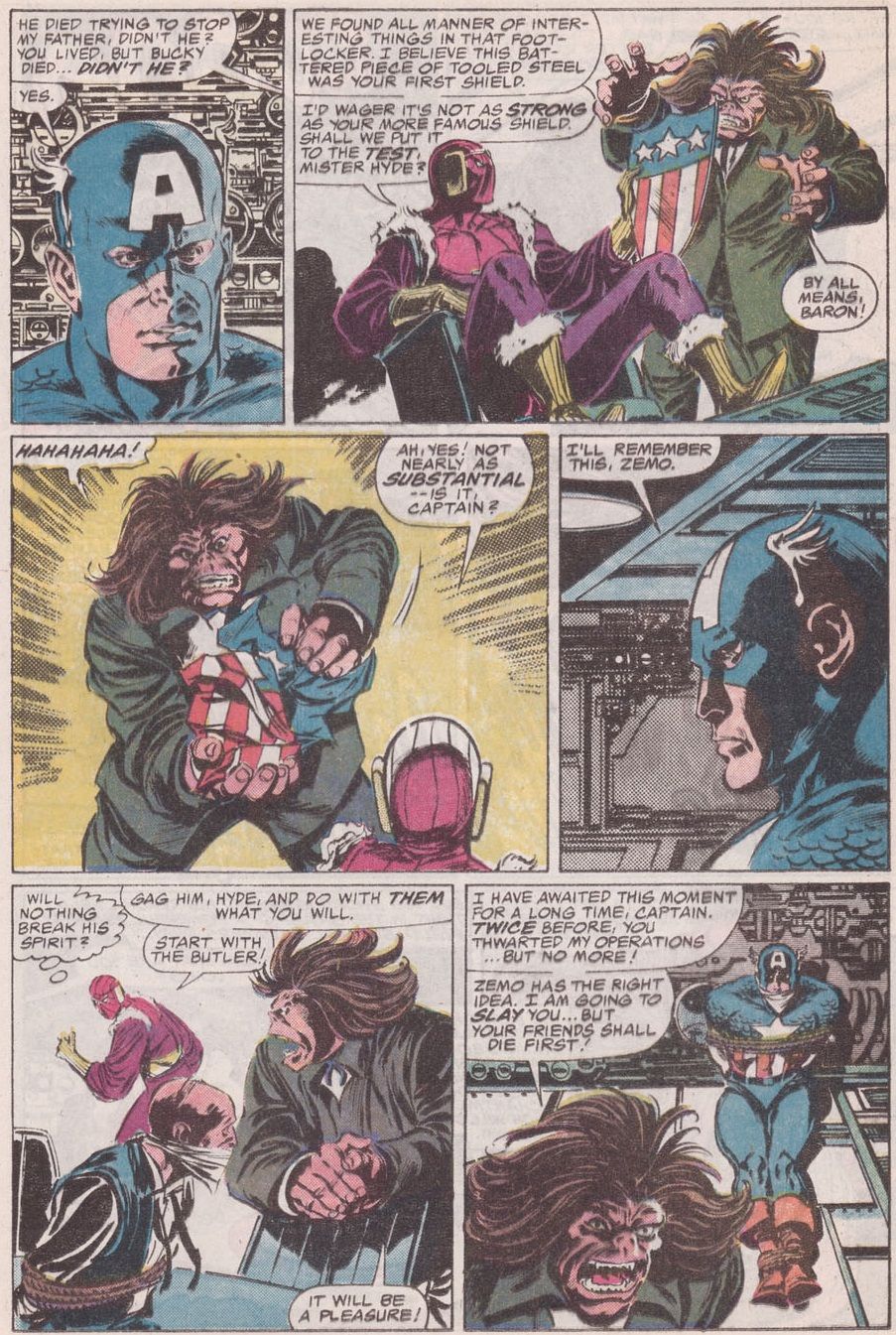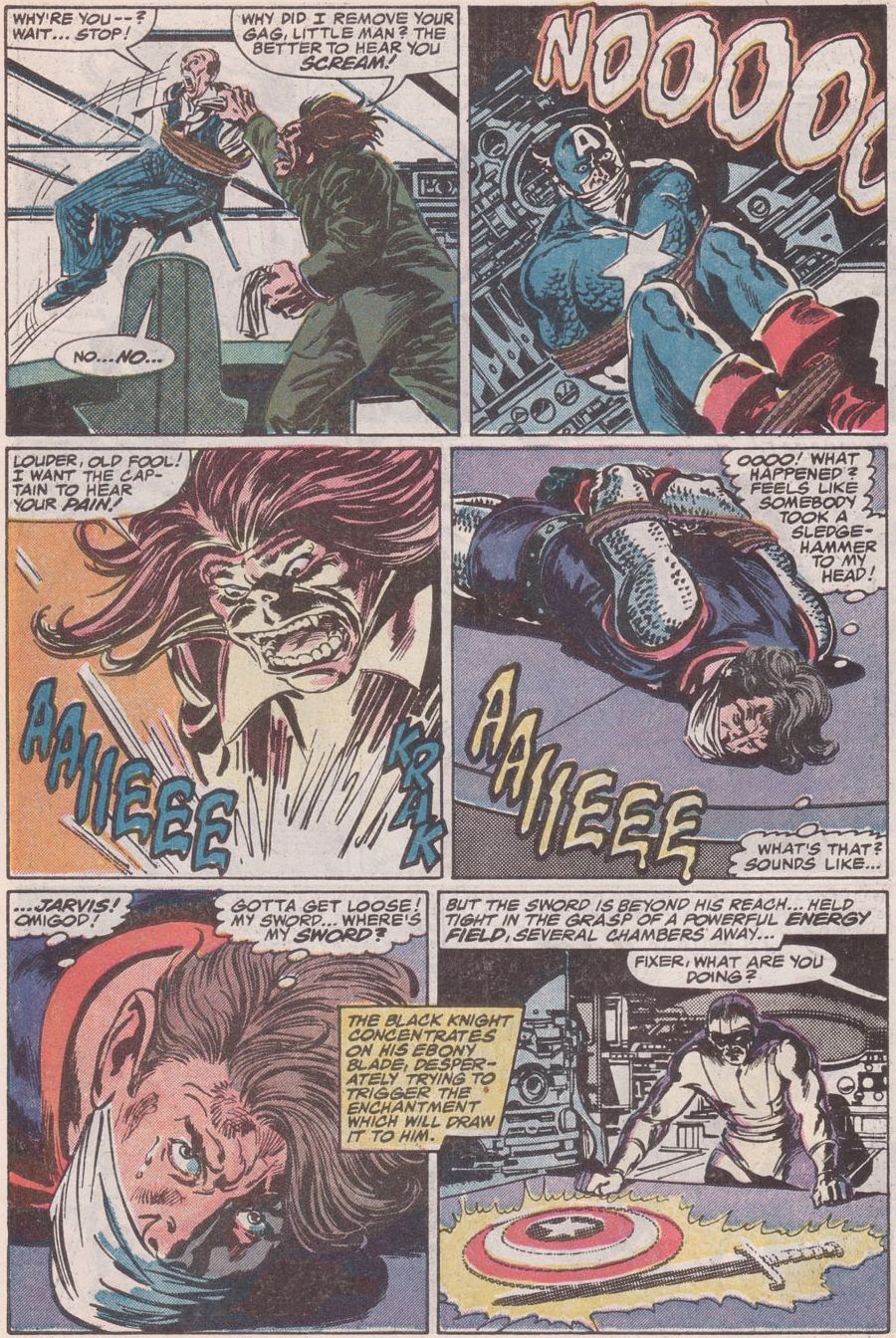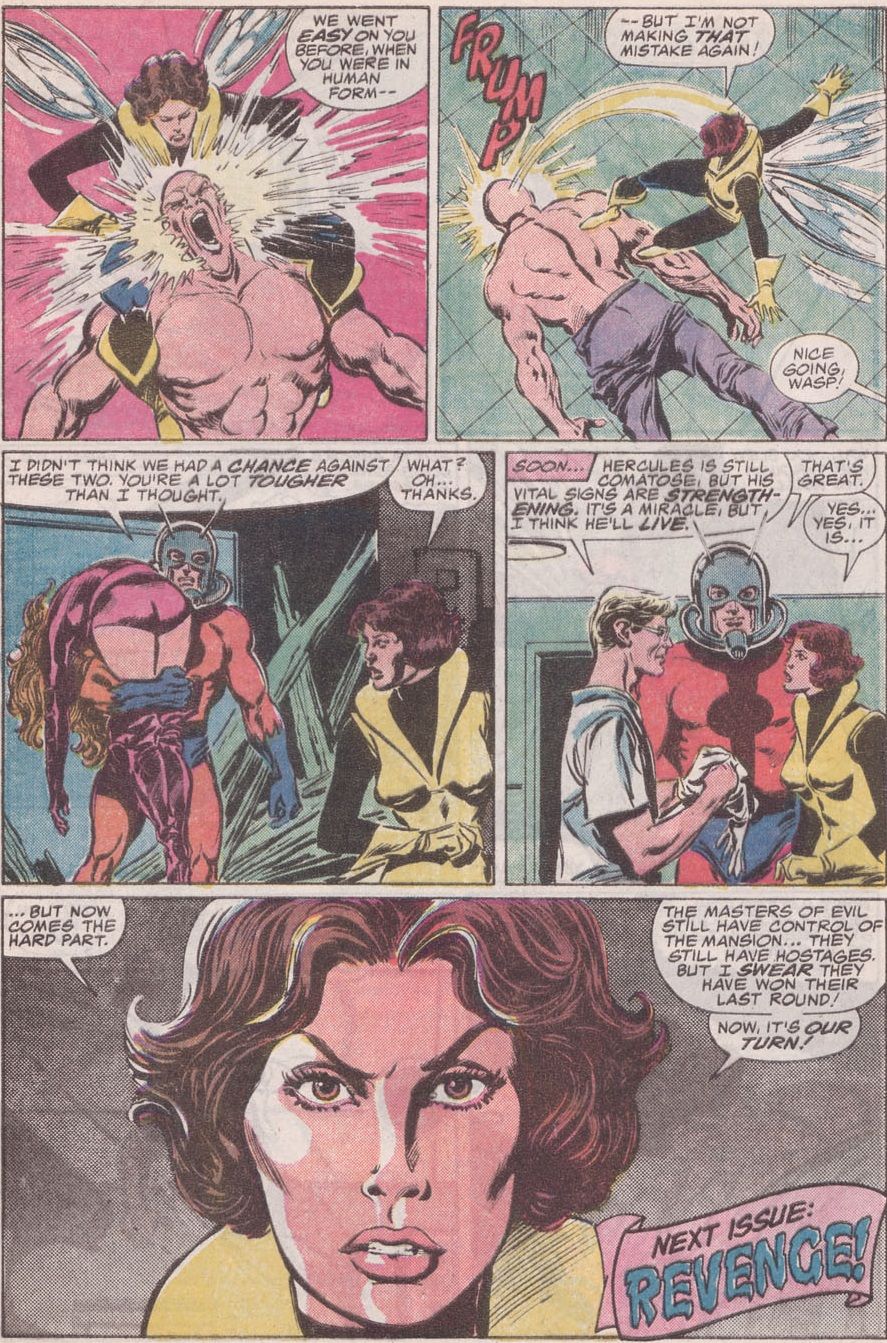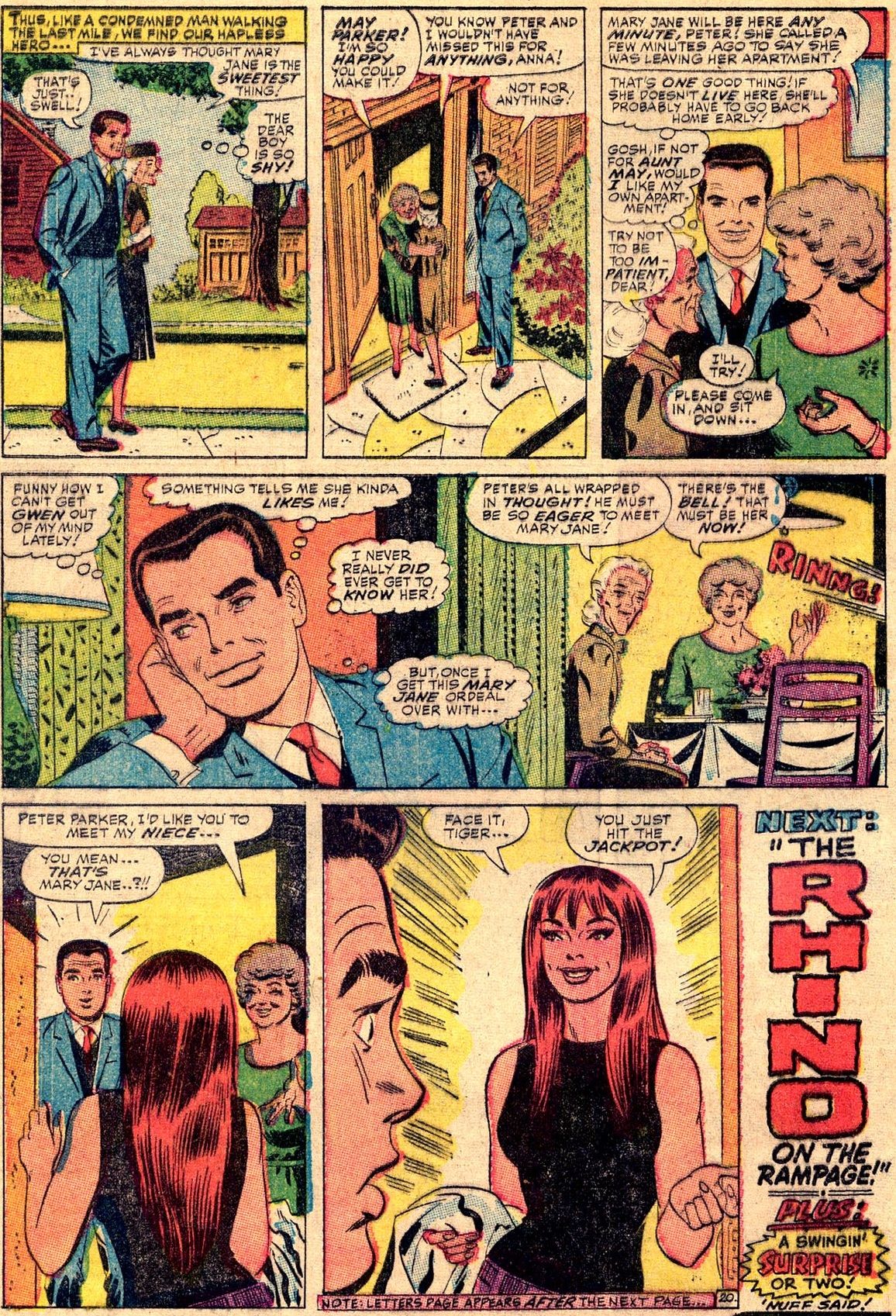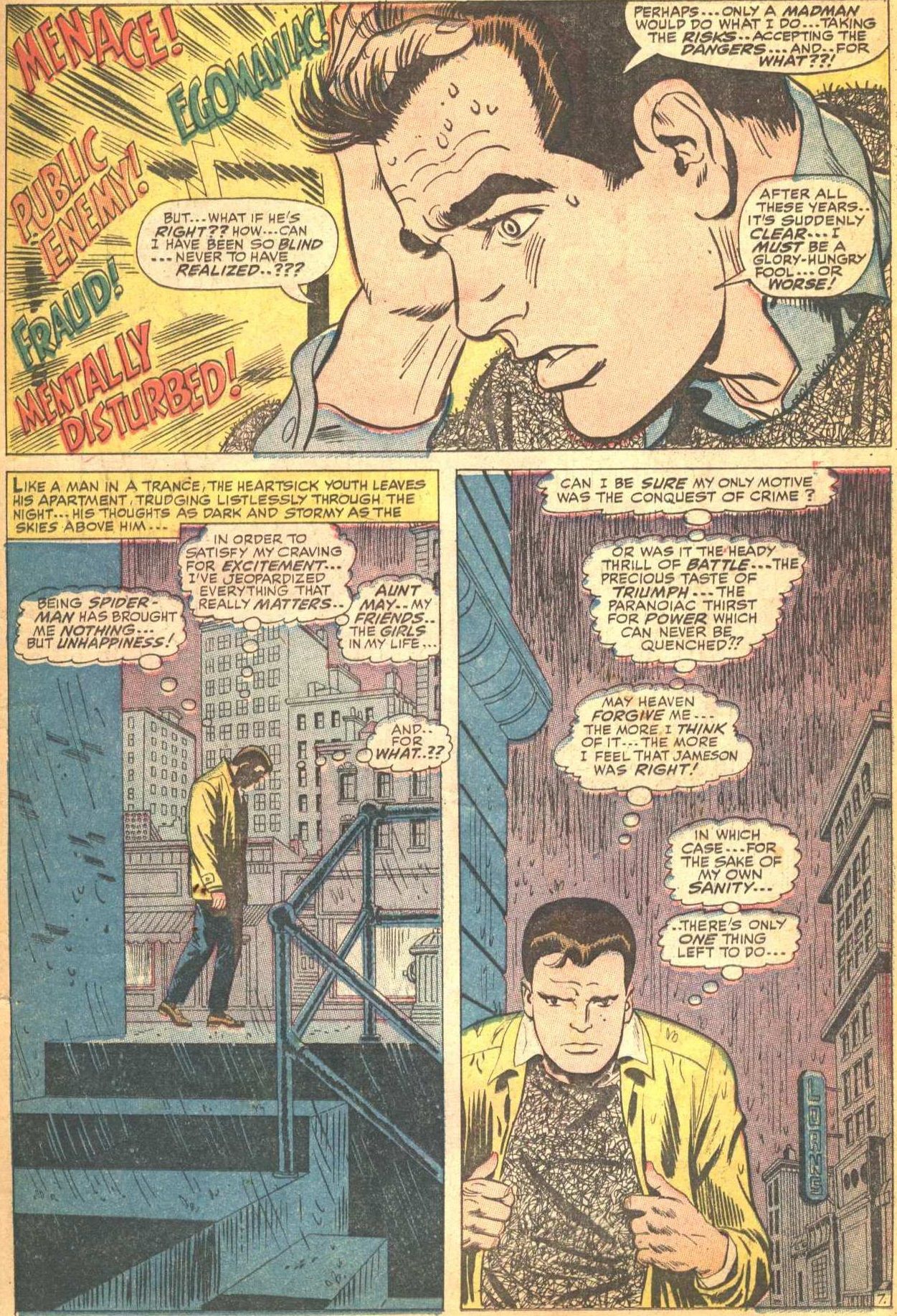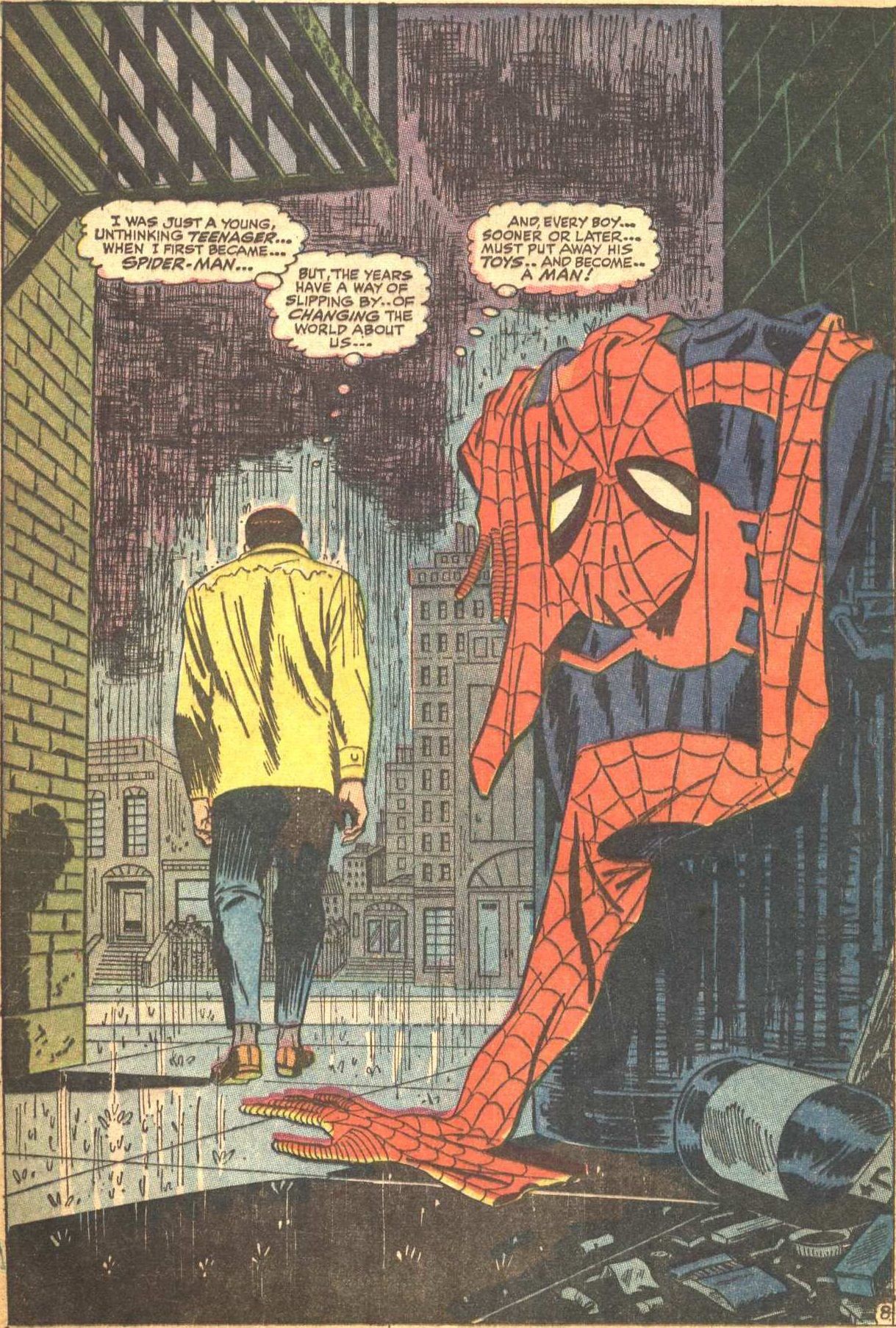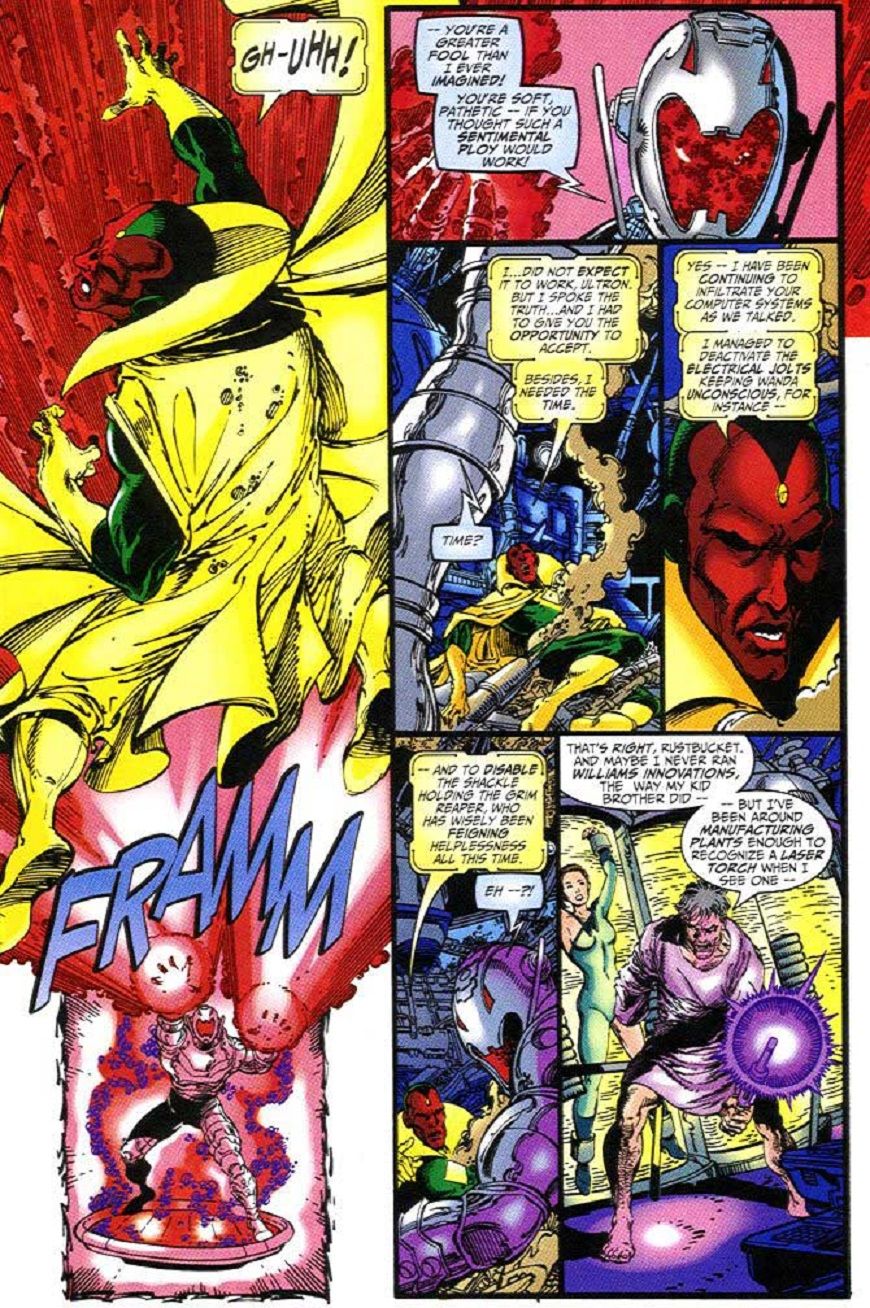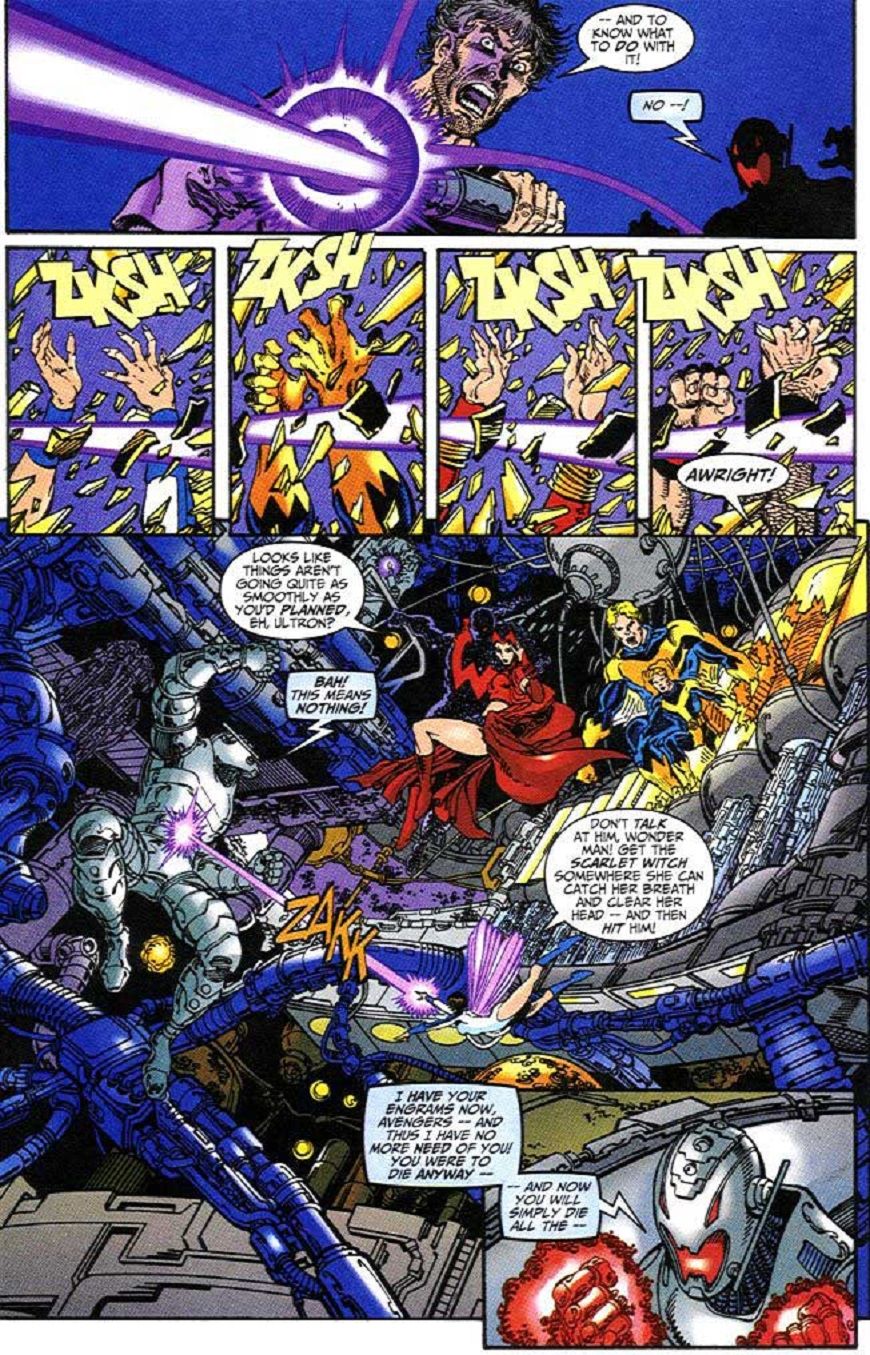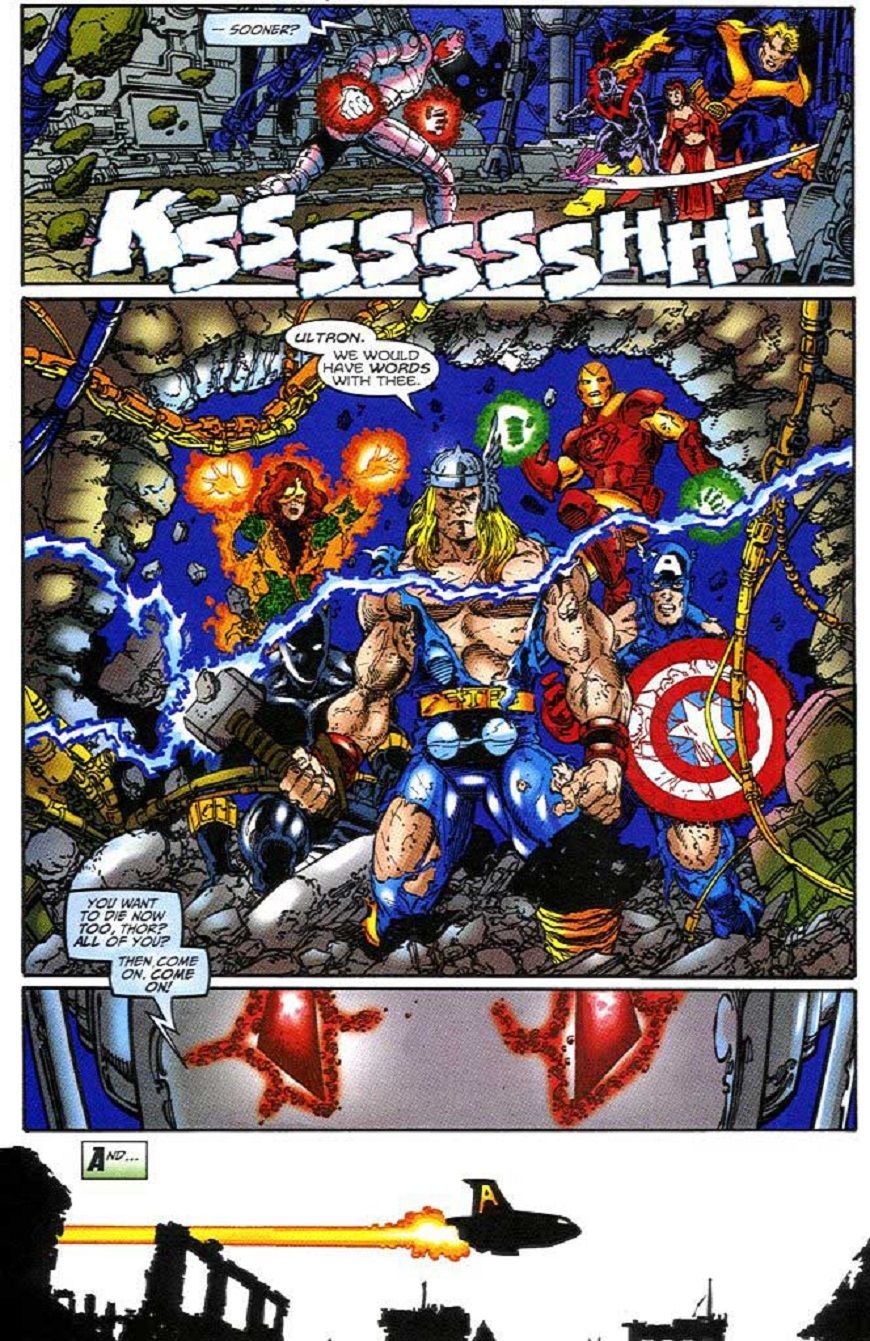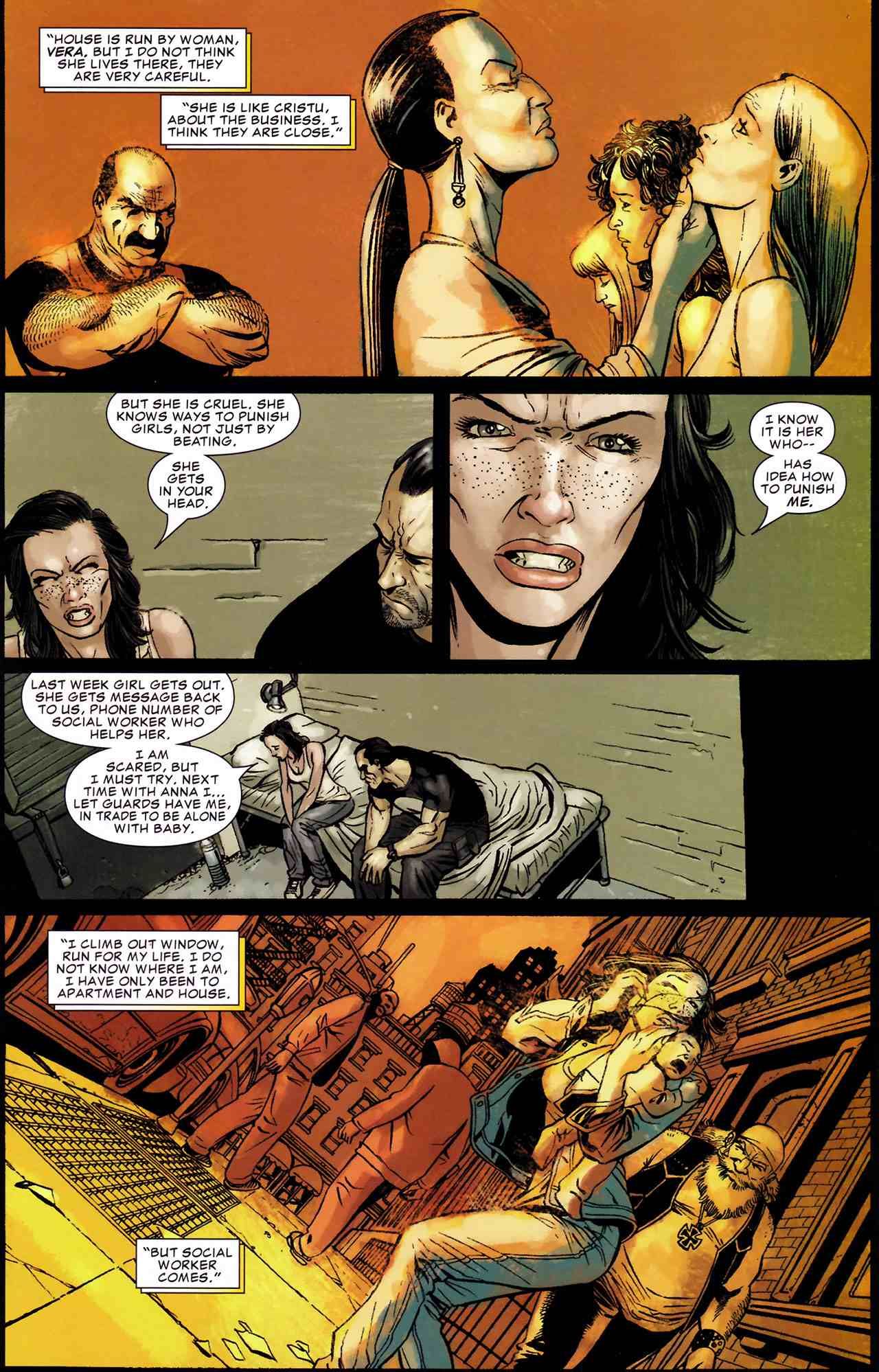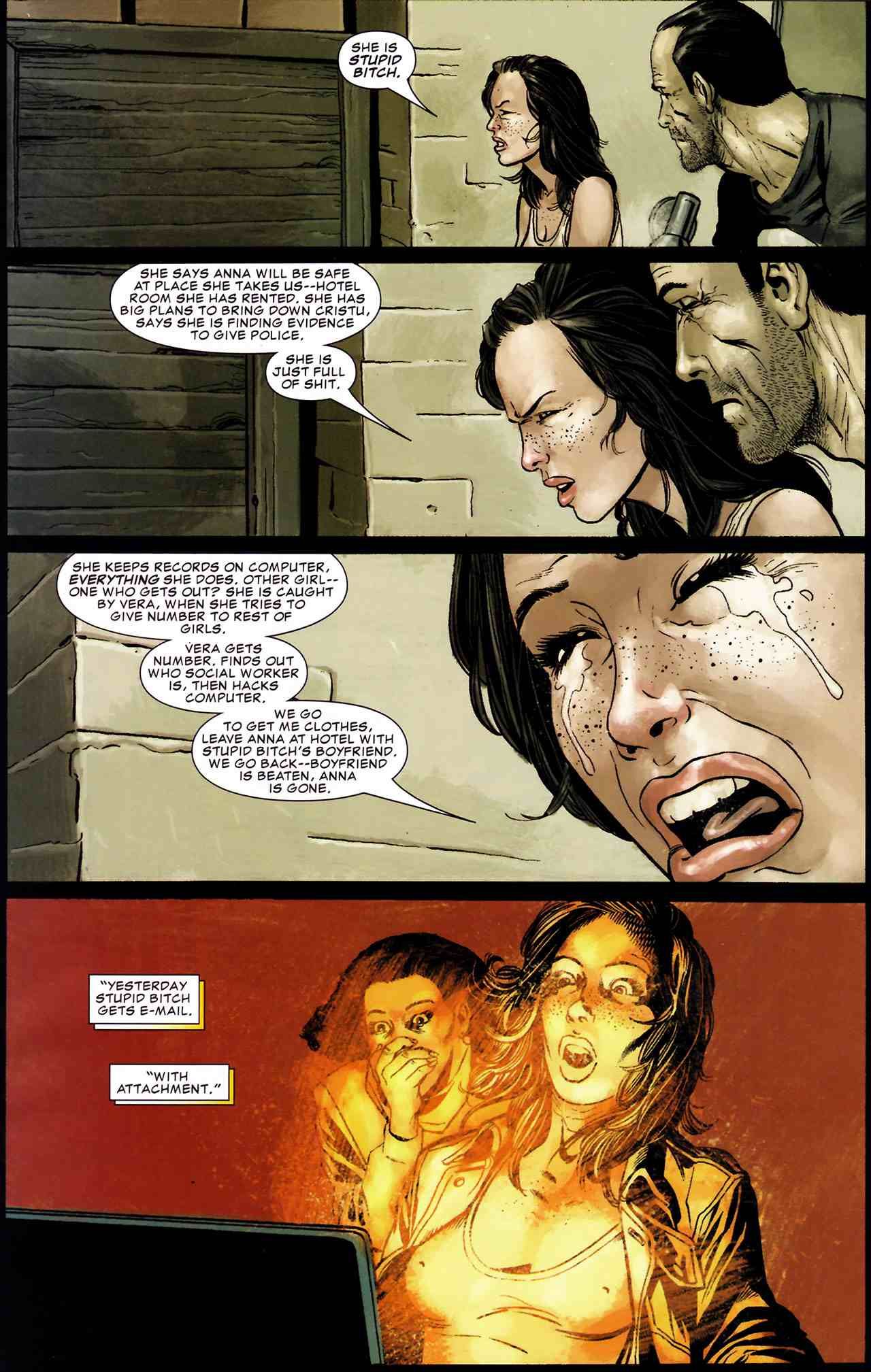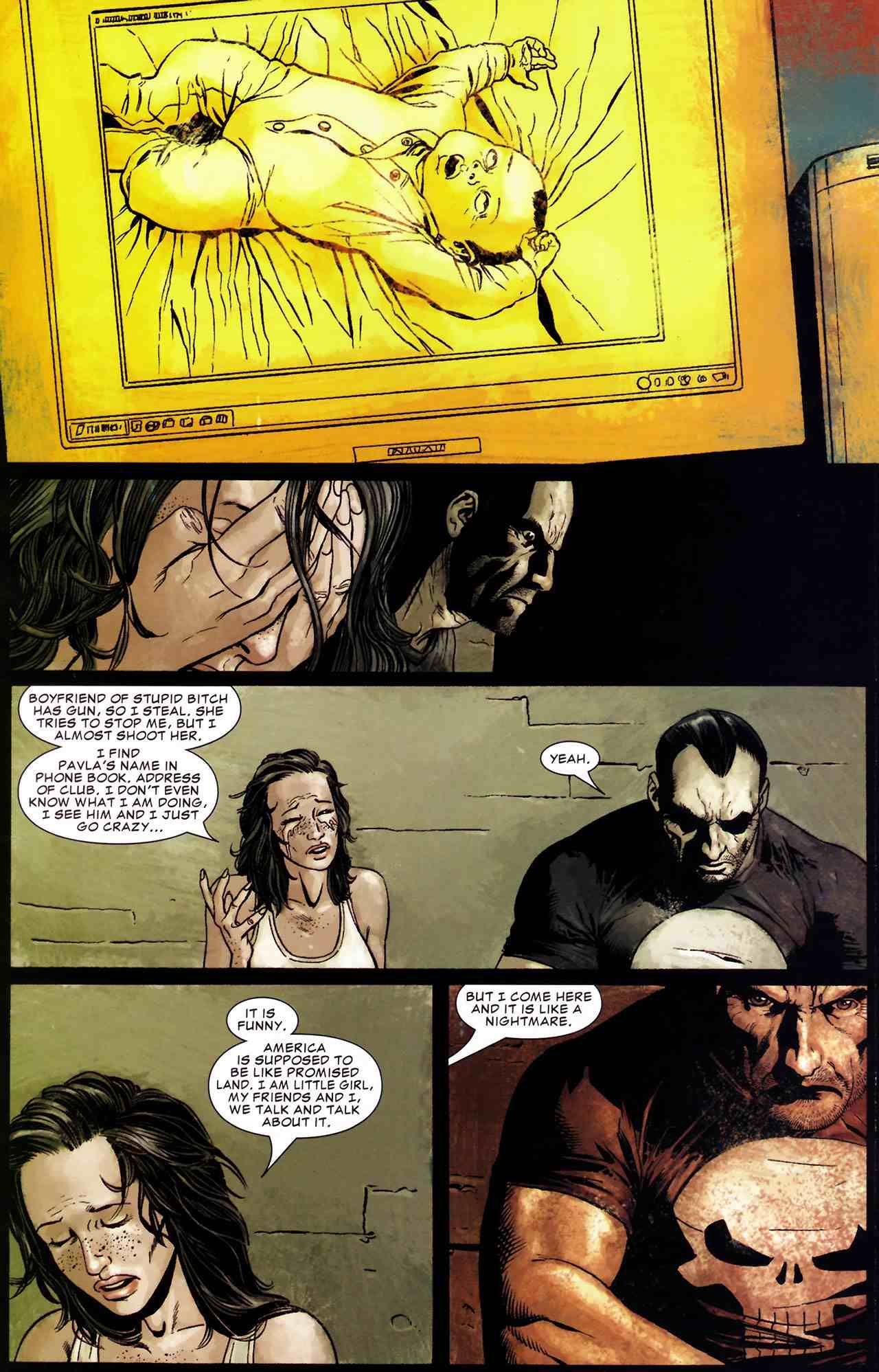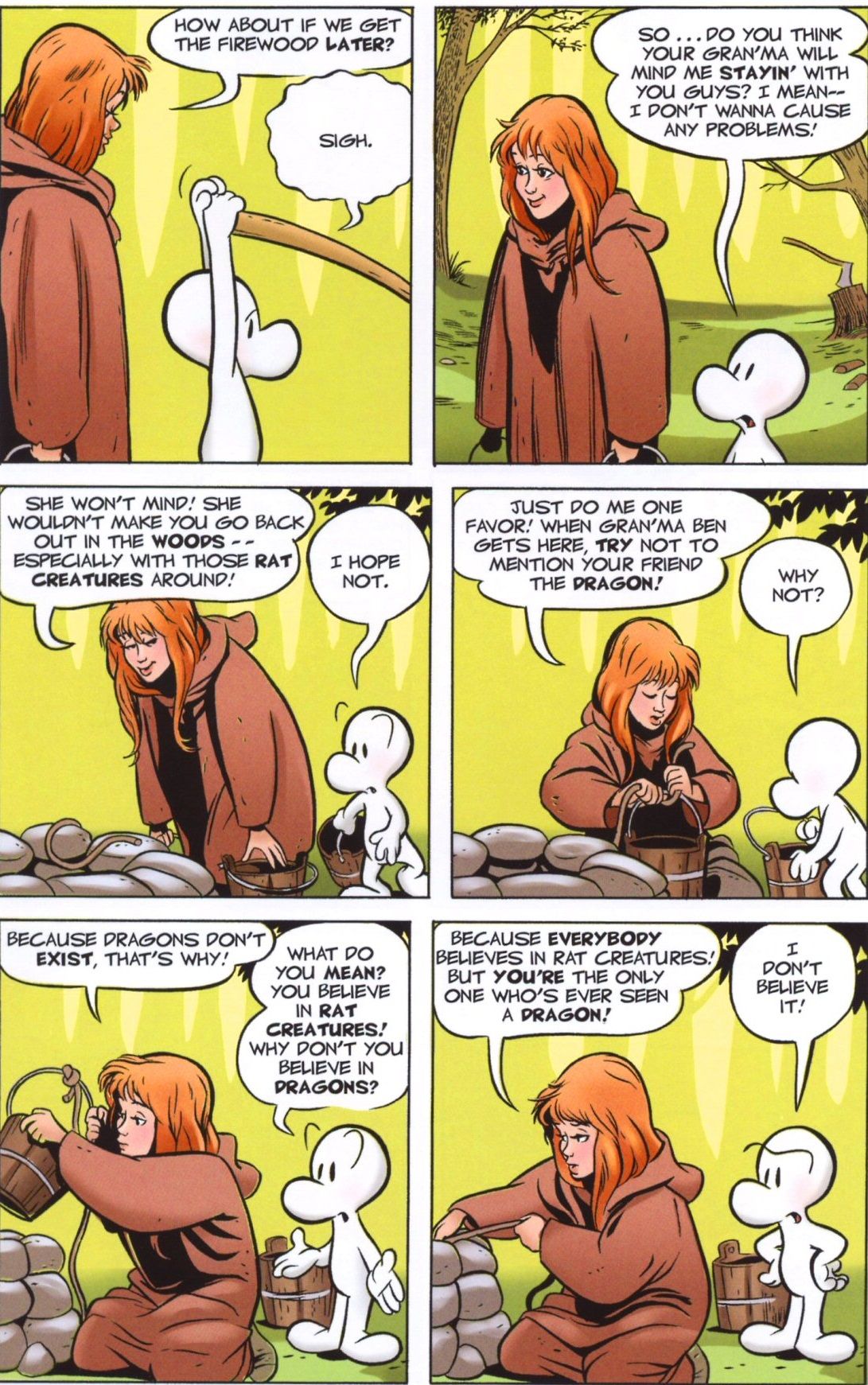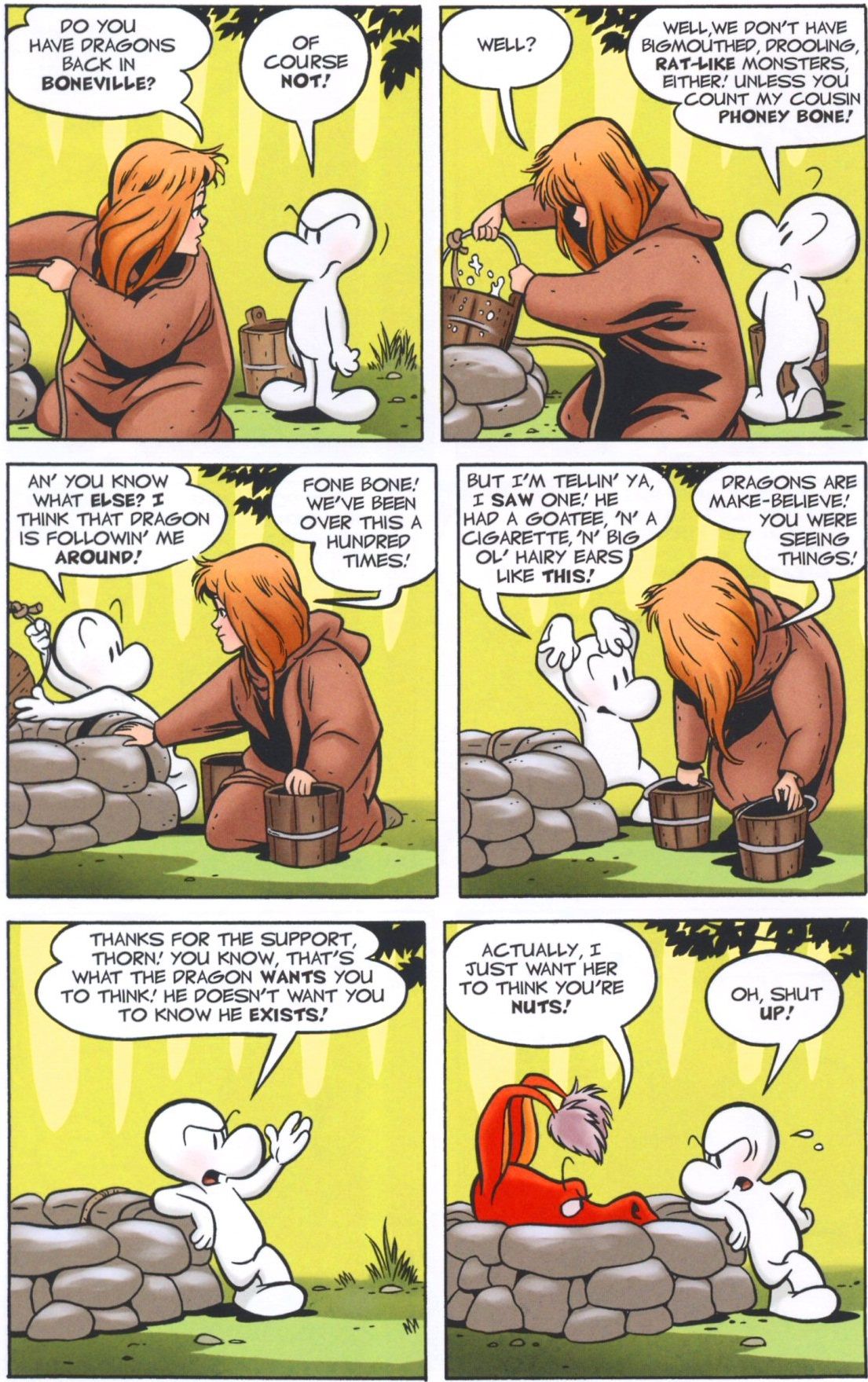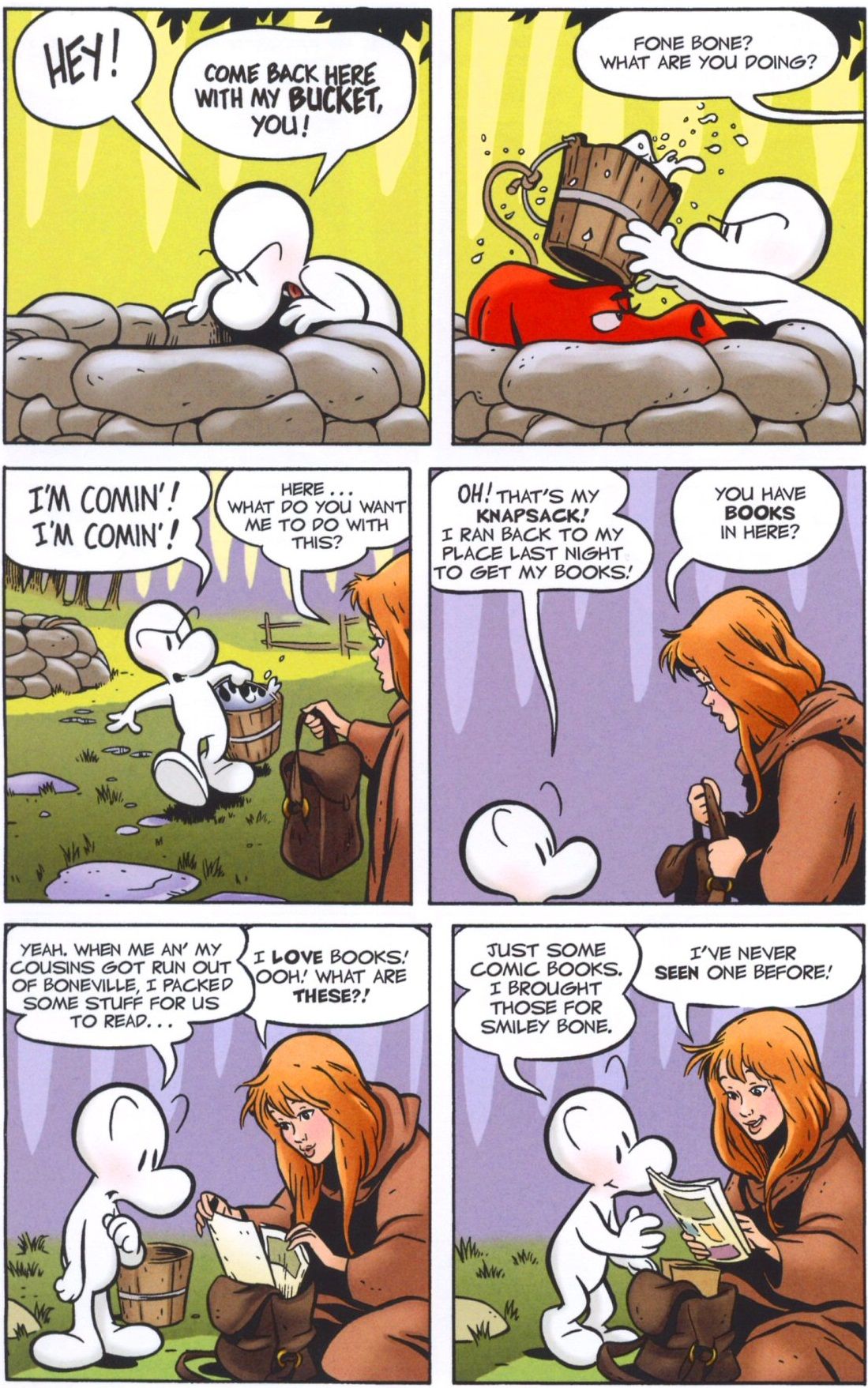You voted, and now, after over 1,000 ballots were cast, here are the results of your votes for your favorite comic book creator runs of all-time (this is the third time we've done this countdown. We're on an every four year schedule)!
To recap, you all sent in ballots ranking your favorite runs from #1 (10 points) to #10 (1 point). I added up all of the points and here we are! You can check out the previous installments in the countdown here.
50. Garth Ennis and John McCrea's "Hitman" - 270 points (2 first place votes)
"Hitman" #1-60, plus a #1,000,000 and an Annual
The old saying goes, when you’re given a bunch of lemons, make lemonade!
Well, fifteen years ago, Garth Ennis and John McCrea were given a bunch of lemons, and they made Hitman.
Hitman was introduced as part of a storyline where the writers of each DC title would introduce a brand-new character in the Annual that year (oddly enough, Marvel did the same thing that same year), all of whom would have the shared origin of being bit by aliens whose bite, if it does not kill you, gives you strange powers. Most of these new characters disappeared faster than you could say Adam-X, the X-Treme, but Hitman, who debuted in the pages of Ennis and McCrea’s "The Demon Annual," was the notable exception.
Tommy Monaghan. was just your typical, run of the mill hitmen, until the aliens gave him powers, and now Tommy was a SUPER-POWERED Hitman, with X-ray vision and telepathy.
With his powers, Tommy had a new confidence, and then decided to specialize in killing superpowered targets, the types most other hitmen would never attempt, due to the danger. Despite the bizarre nature of Tommy’s targets, Ennis really downplayed his superpowers, and played up the friendship between Tommy and the people of his Gotham neighborhood, “The Cauldron,” a place so bad that when No Man’s Land happened, no one noticed anything different in the Cauldron!
Most of the action in the series centered around Sean Noonan’s bar, where Tommy and his partner and best friend, Natt, hung out in with other hitmen, such as Ringo Chen and Hacken. Often visiting the bar was the drunk Sixpack, who was a superhero of sorts himself, leading the bizarre Section 8 (this is where Dogwelder came from).
The series was filled with hilariously bizarre storylines, like the one where Tommy and his friends have to take down an aquarium that was filled with zombie animals. However, the series was ALSO filled with dramatic scenes of friendship, particularly between Tommy and Natt.
There is a classic issue where Superman comes across Tommy during a hit (Superman does not realize that is why Tommy is on a rooftop), and the pair chat for the whole issue, and it is a wonderful tribute to superheroes from a writer, Ennis, who is not usually too fond of superheroes.
In the story, Superman is rattled because while he was saving a group of astronauts before the nuclear core of their shuttle exploded he noticed that one of the astronauts that they said had died trying to repair the shuttle was actually still alive. The core explodes, though, before Superman can save him. This does not sit well with Superman…
Impressive (of course, after a re-invigorated Superman leaves, Tommy then follows through on the hit).
Ennis and McCrea worked on the book for five years, and they finished it in a wonderfully poetic final issue.
A few years later, Ennis and McCrea reunited to tell an “untold tale” of Tommy and the JLA, and it was awesome. The team are currently doing a series starring the "Sixpack."
49. G. Willow Wilson and Adrian Alphona's "Ms. Marvel" - 272 points (4 first place votes)
"Ms. Marvel" (Vol.3) #1-19, "Ms. Marvel" (Vol.4) #1-13 (ongoing)
After briefly appearing in "Captain Marvel" to establish her as a fan of Captain Marvel (and a member of the "Carol Corps"), Kamala Khan made her full debut in "Ms. Marvel" #1, as she was exposed to the terrigen mists that would turn descendants of the Inhumans into superpowered beings, sort of like how mutant powers sprung up at adolescence.
Kamala was a superhero fangirl who lived in Jersey City, New Jersey and was an all-around great girl, so when she gained powers, she felt that she simply HAD to begin to help her city as best as she could. Inspired by Captain Marvel, she went by Carol's old codename, Ms. Marvel, in a costume inspired by Ms. Marvel's outfit, only with Kamala's own personal cultural spin on it.
Early on in her run, she encountered Lockjaw (due to her learning more about her Inhuman roots). Here he is as she talks to her best friend, Bruno, who helps her out the best he can...
Takeshi Miyazawa is the other main artist on this run, which has spanned two titles (it was relaunched due to "Secret Wars" leading to all books being "canceled"). The earnestness of Kamala and the complex balancing act that Wilson writes Kamala having to do with her school, her family and her superheroing has led to some brilliantly well-conceived stories. There's a reason Ms. Marvel has quickly become one of Marvel's most prominent superheroes.
48. Geoff Johns' "JSA" - 274 points (3 first place votes)
"JSA" #6-77, 81, "Justice Society of America" #1-26
Soon into the revamped version of the "JSA," which was about the remaining members of the Justice Society serving with new legacy versions of classic JSA members (while also serving as mentors to the newer heroes), co-writer James Robinson left the title, leaving David Goyer, who co-launched the title with Robinson in need of someone else to script the comic.
When Goyer added Geoff Johns as his co-writer, it is likely that few people knew what to expect, but the result was a long partnership on the "JSA" (with some breaks here and there), ending with Goyer leaving the book for good with #51.
During their run, Johns and Goyer’s most significant storyline was probably the return of Hawkman, who had been stuck in limbo for a number of years due to confusing continuity surrounding the character. Johns helped strip the character down a bit, and relaunch him in JSA, with a return so popular that Hawkman was soon given his own title (which Johns also wrote for awhile).
Johns’ run stressed the family aspect of the Society, how the different generation of heroes really were like grandparents, parents, etc. The superhero community was a major aspect of the book. Like this classic Thanksgiving dinner with the JSA and the JLA…
As you can see, Johns also worked humor into the series, as well.
During the run, the book’s main artists were first Steve Sadowski, then Leonard Kirk and finally Don Kramer.
The book was so popular that it received its own spin-off, "JSA Classified," which ran for a number of years.
After "Infinite Crisis," "JSA" was relaunched as "Justice Society of America," with Johns writing and Dale Eaglesham drawing it (Alex Ross did covers and was a story advisor). This saw the Justice Society stressing their mentoring a good deal more, searching out young, inexperienced heroes that they can tutor – because of this, the Society grew quite large. Later in the run, there was a major story arc involving the Superman from "Kingdom Come."
47. Grant Morrison's "Animal Man" - 280 points (3 first place votes)
"Animal Man" #1-26
When Grant Morrison started on "Animal Man," the character was such a minor hero that even Morrison’s intriguing take on the character was only approved for a four-issue mini-series. However, once the series came out, the response was so positive that it was quickly turned into an ongoing series, which Morrison would work on for 26 issues, with artwork by Chas Truog and Tom Grummett (in some of his earliest comic book work!).
The two most remembered aspects of Morrison’s run were his work with environmentalism (which Animal Man, who gains his powers by a connection to animals, was obviously a big proponent of) and metafiction.
The former led to the classic issue where Animal Man is about to kill a guy who was mass-murdering animals, until a dolphin saves him, explaining that dolphins don’t believe in revenge. During these early issues, Morrison also had Animal Man encounter a number of other animal-themed heroes, such as Vixen, B’wana Beast and Dolphin.
The latter led to the concluding arc, which involved characters in limbo, the acknowledgement that DC’s Crisis had actually happened and that there used to be a different continuity, and even an introduction between Animal Man and Morrison himself, who discussed the problems Morrison had given Animal Man during the series.
Probably the backbone of the series, though, was Animal Man’s status as an “Everyman” figure. Buddy Baker had a wife and two children, and he was a lot more normal than other superheroes (which is presumably why Morrison tried to downplay Animal Man becoming a member of Justice League Europe).
By the time Morrison was finished, he took a hero who was so forgettable that he was even in a group CALLED the Forgotten Heroes, and made him a stalwart member of the DC Universe.
46. Matt Fraction and David Aja's "Hawkeye" - 285 points (2 first place votes)
"Hawkeye" #1-22
Almost ten years ago, there was a "Young Avengers Presents" mini-series where each issue spotlighted one or two members of the Young Avengers. Matt Fraction did the Hawkeye spotlight issue, featuring Kate Bishop interacting with the then-newly resurrected Clint Barton, who was going by the name Ronin at the time. The issue was great and Fraction surely had it in mind four years later when he launched "Hawkeye" with artist David Aja, as he brought Kate Bishop along as Clint's new partner/student, as Clint got involved in an apartment building and these bad guys who wanted to take control of the building.
Aja was brilliant on this series, trying experimental things with art that you just don't see in comic books very often...
The success of "Hawkeye" was integral into Marvel's decision to expand into slightly off-kilter approaches to superheroes, like the above "Ms. Marvel" run.
As the series went on, Fraction began to split the book between Clint stories (drawn by Aja) and Kate stories (drawn by Annie Wu) when Kate left New York to go to Los Angeles.
Fraction's stories were clever and heartfelt. Clint was the closest you'll ever get to seeing an actual, god's honest "everyman" superhero, as Fraction played up Clint's frailties. Kate, meanwhile, grew a ton under Fraction's pen and she left the series as probably the coolest Hawkeye in comics (my buddy Kelly Thompson is currently writing an awesome "Hawkeye" series starring Kate. Issue #1 just came out last week!).
45. Roger Stern's "Avengers" - 290 points (7 first place votes)
"Avengers" #227-279, 281-288
When "Avengers" writer Jim Shooter stepped down, Roger Stern picked the book up and finished Shooter’s Hank Pym storyline, then began a long and eventful run on the book himself.
Perhaps Stern’s most notable achievement was the introduction of Captain Marvel (Monica Rambeau), where Stern really made her one of the bigger characters in the Marvel universe.
Stern also introduced the West Coast Avengers during his run.
The most notable artist working with Stern on his "Avengers" run was John Buscema, who took over penciling chores around #250 or so, and stayed on for the rest of Stern’s run (and beyond). In #256, Tom Palmer began inking the book, and Palmer stayed on as "Avengers" inker until the book ended in #402.
Stern’s most famous storyline was "Under Siege," where a large group of the Masters of Evil systematically took the Avengers down, including taking control of Avengers Mansion. A lot of Kurt Busiek’s "Thunderbolts" run had its roots in the Masters of Evil during this storyline (as Stern heavily featured a character he created during his run on Hulk, Moonstone).
Here we see Captain America and Black Knight being tortured while captive in the Mansion…
And here we see the Wasp determined to re-take the Mansion…
Classic stuff.
Sadly, due to a difference of opinion over how to handle the book, Stern was fired from the title, and left Marvel to work for DC for the rest of the 1980s.
44. Stan Lee and John Romita's "Amazing Spider-Man" - 302 points (2 first place votes)
"Amazing Spider-Man" #39-71, 74-75, 81 (Romita as inker), 82-88, 89-92 (Romita as inker), 93-95, 96 (Romita as inker)
When John Romita took over from Steve Ditko on "Amazing Spider-Man," he was clearly trying not to change too much of what was, at the time, quite a winning formula, but soon, Romita had changed the book’s visuals dramatically, specifically his depiction of Peter Parker. Gone was the skinny, goofy looking kid of Ditko’s run – Romita’s Peter was quite handsome.
Tying in with Romita’s ability to draw attractive people, Gwen Stacy and Mary Jane Watson became major characters during this time, as Romita sure did love to draw pretty girls. His depiction of Peter’s first meeting with Mary Jane has become the stuff of comic book legend.
Meanwhile, Romita was also quite fluent in the world of superhero action, so the book was filled with a lot of action, as well. What Romita did differently from Ditko was to both make the book a bit more colorful, and most importantly, open up the book a bit more – Ditko was all about economy – Ditko liked to tell a long story through extensive panel usage. Romita used less panels, and opened up the look of the comic – much more expansive.
During his tenure with Stan Lee, the book saw the introduction of the Kingpin, who has become one of the most notable Marvel villains of all time, as well as the famous storyline where Peter decides to quit becoming Spider-Man.
John Romita’s run opened up with a legendary cover of Green Goblin carrying an unmasked Spider-Man, which has become an iconic drawing, and continued with more iconic drawings than you could shake a stick at, if you wanted to shake a stick at iconic drawings, that is.
For instance…
and…
As he was preparing to leave the book, Romita even inked incoming artist, Gil Kane, so that the transition would go smoothly. Romita would do this for later artists, as well, and even after he was totally off of the book interiors-wise, he continued to draw the covers of the issues, so Romita’s influence on the comic lasted for quite a long time.
43. Kurt Busiek and George Perez's "Avengers" - 306 points (5 first place votes)
"Avengers" (Vol.3) 3 #1-15, 19-56
When "Avenger"s returned to Marvel after the "Heroes Reborn" storyline ended, putting Kurt Busiek and George Perez on the title was practically screaming, “Everything is back to normal, people! Please come back!”
In the first storyline, more or less every Avenger who ever was participated in the story, with Busiek choosing through all of them to pick his initial “perfect” team lineup, which included Busiek’s attempt to bring Carol Danvers back to prominence, as well as elevate Justice and Firestar to a bigger place in the Marvel Universe.
Busiek’s knowledge of Marvel history helped inform a lot of his stories, but his great attention to characterization was probably his strongest suit, as the book was filled with a lot of interesting character interactions. I especially liked the issue where Beast returned when he heard the news that his old friend, Wonder Man, was back from the dead.
While there was characterization work, there was also a ton of action, and George Perez did a fine job depicting it all, with the most notable storyline likely being the big Ultron storyline, "Ultron Unlimited," which contained the classic scene with Thor and a bunch of battered Avengers burst through a wall at an opportune time to tell Ultron – “Ultron… we would have words with thee.” Probably the acme of Busiek and Perez’ run, as it perfected that fascinating mixture between appreciating the Avengers’ long and sometimes convoluted history and just doing awesome modern superhero stories…
It has to be noted that in order for Perez to hit such a timely deadline, he often did layouts that the great Al Vey would then finish (the pages above, for instance, were drawn in that style). Right before Perez left the series after about three years’ worth of story, Perez would do looser layouts that Paul Ryan would then pencil and Vey would then ink Ryan’s pencils.
After Perez left, Alan Davis had a quick run but Busiek’s run ended with a series of artists, including Ivan Reis and Kieron Dwyer. The majority of Busiek’s final issues were involved with the massive "Kang War."
During his run on "Avengers," Busiek also wrote the popular mini-series, "Avengers Forever," with Carlos Carlos Pacheco.
42. Garth Ennis' "Punisher" - 310 points (2 first place votes)
"Punisher" #1-12, "Punisher" #1-6, 13-37, "The Punisher" (MAX) #1-60 plus "Punisher: Born" #1-4 and a bunch of one-shots
As famous as the Punisher is, do note that when Garth Ennis took over the character, Marvel was not even PUBLISHING a "Punisher" comic, and the last revival attempt involved the Punisher working as an Avenging Angel for Heaven fighting against demons with supernatural weapons.
So Garth Ennis was taking on a bit of a challenge when he and fellow "Preacher" creator, Steve Dillon, took on the character in 2000 with an initial 12-issue mini-series, “Welcome Back, Frank,” which quickly dispensed of the Angel approach, instead bringing a dark sense of humor to the comic. The result was a sales success, and Ennis and Dillon (and later a series of other artists, including Ennis’ fellow Hitman creator, John McCrea) continued the humorous approach on a "Punisher" ongoing series, with diminishing results, until the series ended after 37 issues. Then Ennis’ greatest work with the character began, with the creation of "The Punisher," a serious look at the character, which (since it is a MAX title, or otherwise, an R-Rated comic) included a great deal of graphic violence and graphic language, but also a great deal of stunning character work (with new supporting characters added to the cast), engaging storylines, and a rich connected story that really reads like one big sixty issue story.
It is a fascinating, and powerful work.
The artwork for the series was by a few different artists, but mostly Leandro Fernandez and Goran Parlov.
Here’s a sample from perhaps the most acclaimed of Ennis’ "Punisher" MAX stories, "The Slavers," where the Punisher stumbles upon a slave ring, and as Ennis did throughout his MAX series, since Frank Castle is almost devoid of characterization (he’s basically a killing machine), Ennis goes into DEEP characterization on everyone else in the book, including the slave who brings everything to the Punisher’s attention, the social worker who tried desperately to use the system to help this girl to no avail, the slave ring leader and the son of the slave ring leader (imagine the kind of daddy issues you would have if you ran a freakin’ slave ring with your psychotic DAD), plus some cops who look to use the Punisher for PR purposes. A dramatic scene in the story is when the young woman who started everything, Viorica, explains how it all went down.
As you might imagine, the Punisher kills all of the bad guys in violent (sometimes poetic) ways. However, like a broken mirror taped back together, Viorica is never the same, which Ennis and artist Leandro Fernandez make a point of in the end of the sad, dark tale.
41. Jeff Smith's "Bone" - 312 points (5 first place votes)
"Bone" #1-55
Jeff Smith’s "Bone" is the epic tale of three cousins, Fone Bone, Smiley Bone and Phoney Bone, and their adventures when they are thrown out of their hometown of Boneville, and end up in The Valley. The series is filled with drama and fantasy, but with a great deal of humor involved. It is one of the best All Ages comic book series that there is in the comic book world.
Smith’s cartoonish artwork is inspired by the work of the great Walt Kelly, and certainly, "Bone" owes a visual heritage to Kelly’s "Pogo," but "Bone" is a worthy successor to "Pogo" in more than just great artwork, for "Bone" is filled with the same sense of humanity that made "Pogo" such an amazing series.
In the Valley, the Bones interact mostly with Thorne, a young woman, and her grandmother. Plus, of course, a dragon.
The Bones mostly try not to run up against the evil giant rat creatures who wish to kill them.
Phoney Bone is a bit of a con man, so a lot of Bone stories involve one of his get rich schemes. Smiley Bone is a dumb galoot who ends up going along with Phoney’s schemes.
Fone, on the other hand, is a virtuous, romantic figure, who tries to do good in the world, while also staying true to his cousins.
While there is a great deal of fantasy, adventure and humor, like Kelly’s work, there is also a great deal of social commentary, but it’s not over-the-top, and it’s never preachy.
This is a great work that is fun for the whole family, and the entire series is available in one over-sized black and white book!

